What if taking a Sabbath actually made all that is on your plate easier and relationships more fulfilling? Instead of a full plate feeling heavy, it could feel nourishing. I used to feel resistant to taking a day off, and now I don’t know how I could live without a Sabbath. If you are thinking that by Sabbath I mean a highly rule-oriented day of do’s and don’ts based on a religion, please keep reading because that is far from what I mean. Yes, a Sabbath does involve slowing down and refraining from constant activity, but it is more about a state of mind than said actions or non-actions.
Fire Cider: A Warming Winter Companion
It's the middle of winter. It's dark. It's cold. It's gray. The holiday festivities are over for another year. No need to fear! Fire Cider is here!
Expanding the Scope: First-Year Medical Students at U-M Shadow CAM Practitioners in the Community
I just finished reading over 100 essays by the first year medical students, written after their fall CAM visits. I was again struck by their enthusiasm and appreciation of the program. The insights they shared about their visits and the contrast with the time they spent with M.D.’s during that same week were thoughtful.
Peacemaking in the Legal System: Finding New Ways to Heal
While the average human being processes approximately 60,000 thoughts daily, it is said that 75 percent of these messages are often negative. These negative directives have the potential to harm us and limit us from finding our true potential. Yet, controlling the negative thoughts is not easy. Why are we busy thinking the very things we say we don’t want?
The Ninja Ideal of Self Perfection
By Keith Copeland
Are you an over-achiever, an under-achiever, or do you struggle with what success truly means to you? All three choices are the result of an unrealistic expectation of who you are, what you are, and what you should accomplish.
Integration of Mind & Body
by Julie Jeffery Peale
Hellerwork Structural Integration is a form of deep tissue bodywork and movement education designed to realign the body and release stress and chronic muscle tension. Whether from an injury, repetitive strain, or traumatic event in life, it is the belief of Hellerwork that pain is usually the result of an overall pattern of imbalance in the body. Rather than treating the pain or symptom of this imbalance, Hellerwork focuses on bringing the entire body into a state of balance and alignment, thereby addressing the source of the pain. This is achieved through three main components: deep tissue bodywork, movement re-education, and self awareness dialogue.
““Hellerwork focuses on bringing the entire body into a state of balance and alignment, thereby addressing the source of the pain.””
We are complex beings with layers of injury, emotional stress, and repetitive patterns, so it only makes sense that a complex and integrated approach is needed to sift through those layers of stress and strain. This is a process of awareness that touches both the physical and emotional patterns of our body.
““Hellerwork, for me, has been a convergence of my mind and my body; the integration of the mental and physical well-being.””
Being a young woman in her early twenties with chronic pain and depression, I had only been offered solutions that compartmentalized me and disassociated the mental and physical aspects of my being. It is during this time that I sought out different forms of treatment. Hellerwork, for me, has been a convergence of my mind and my body; the integration of the mental and physical well-being. As these two came together the vitality and joy of moving through life had more meaning and continued to develop. Now, over a decade into my own professional private practice of Hellerwork, it is rewarding to facilitate that movement toward the integration of the mental and physical aspects being for my clients. It is a rewarding experience to be a part of and it also helps deepen my own movement towards integration.
Julie Peale owns Body Balance of Ann Arbor, L.L.C., where she practices a combination of Hellerworkand structural medicine in one-on-one sessions with clients. Body Balance is located at 708 W. Huron Street, Suite 3, Ann Arbor 48103. Contact Julie at julie@bodybalance4u.net or at (734) 395-6776. We interviewed Julie in our January- April 2014 issue. You can read that interview here.
Related Content:
Understanding Adrenal Fatigue
By Gary Merel
Adrenal Fatigue: What is it?
With more and more stress at home and at work, it is unsurprising that adrenal fatigue is on the rise. The pressures of life put many in a constant state of “fight or flight,” leaving our adrenal glands working overtime until they can no longer keep up. Adrenal fatigue is a direct result of this overworked, stressed, and rushed lifestyle, and can result in some serious health consequences in both the short and long term. Unfortunately, some medical doctors only treat patients for adrenal fatigue when these patients exhibit symptoms of Addison’s disease (extremely little adrenal function) or Cushing’s disease (hyperactive adrenal function). Addison’s and Cushing’s disease are on opposite ends of the spectrum, and only affect 2% of the population. However, some experts believe that over 80% of the population suffers from some level of adrenal malfunction. In the following article we will describe what the adrenals are, their role in the body, and some simple methods for determining how effectively your adrenals are working for you.
“Some experts believe that over 80% of the population suffers from some level of adrenal malfunction.”
What are the adrenal glands?
The adrenals glands are walnut-sized glands located above the kidneys. Each gland is composed of two separate functional entities. The outer zone, also known as the adrenal cortex, is comprised of roughly 80-90% of the glands size and secretes adrenal steroids (Cortisol, DHEA(S), estrogen, testosterone, and Aldosterone). The inner zone, or medulla, accounts for roughly 10-20% of the gland, and is responsible for secreting adrenaline. Cortisol, DHEA and adrenaline are the three main adrenal stress hormones.
What is cortisol?
Cortisol helps us meet the big challenges of the day. It converts proteins into energy and counteracts inflammation. In short bursts, it is very useful. In urgent situations, cortisol can increase heart rate, blood pressure, release energy stores for immediate use, slow digestion and non-emergency functions, and sharpen senses. Our bodies are not meant to maintain these states for very long, nor enter into them very often.
It can be very detrimental when cortisol release is sustained at high levels for long periods of time. Over-production of cortisol means the underproduction of other necessary hormones. We remain stuck in a state of overdrive while our energy levels, bone health, muscle production, mood, joints, sex drive and immunity all suffer.
“Over-production of cortisol means the underproduction of other necessary hormones. We remain stuck in a state of overdrive while our energy levels, bone health, muscle production, mood, joints, sex drive and immunity all suffer.”
The Adrenal Rhythm
The human adrenal gland releases cortisol in a cycle with the highest value released in the morning, the lowest value released in the evening. This 24-hour cycle is known as the circadian rhythm. These hormones help supply us with the necessary energy we need throughout the day.
“The human adrenal gland releases cortisol in a cycle with the highest value released in the morning, the lowest value released in the evening.”
How Modern Life Contributes to Adrenal Malfunction
Unlike our ancestors, we live in a state of constant stress. Instead of sporadic, immediate demands followed by rest, we live in a world of constant communication, fast food, environmental toxins, and worry. It’s no wonder that many adults suffer from adrenal malfunction. That’s why it’s important to keep on the watch for these 7 common signs and symptoms of abnormal adrenal function.
9 Most Common Signs and Symptoms of Abnormal Adrenal Function
1. Low energy. Abnormal adrenal function can alter the cells ability to produce the correct amount of energy for the day’s activities. People who struggle to wake up and keep themselves going through the day often have abnormal adrenal rhythms and poor blood sugar regulation. Additionally, cortisol levels control thyroid hormone production. Fatigue and low body temperature, symptoms of hypothyroidism, can be attributed to adrenal malfunction.
2. Behavior, mood, and memory problems. Cortisol regulates the electrical activity of neurons in the brain, greatly influencing behavior, mood, and memory. Symptoms include depression, decreased tolerance, clarity of thought, memory, and memory retrieval.
3. Muscle and joint pain. Abnormal adrenal function can compromise tissue healing, often leading to breakdowns and chronic pain.
4. Weak bones. The adrenal rhythm determines bone health. If our cortisol levels are too high, our bones will not rebuild well and will become more susceptible to osteoporosis.
5. Poor Immune System Health. The immune system’s white blood cells follows the cortisol cycle. If the cycle is disrupted, the immune system cells will not receive the conditioning, nourishment, and instructions necessary to protect the body. These immune system failures can be seen in the lungs, throat, urinary and intestinal tract, leading to increasing susceptibility to infection and allergy onset.
6. Asthma, bronchitis, or chronic cough. The lungs react poorly to stress. Asthma is often considered an emotional disorder because stress can trigger attacks.
7. Un-restful Sleep. When cortisol values are high at night, REM sleep cycles are more difficult to achieve. Chronic lack of restful sleep reduces mental vitality, bodily strength, and can induce depression.
8. Skin problems. Human skin regenerates when we rest at night. High cortisol values during the evening reduce skin regeneration.
9. Food allergies, specifically to gluten. Genetic intolerances to grain can inflame the gut and spur an adrenal stress response. Since almost ¼ people living in the U.S. suffer from gluten intolerances, this is a common cause of adrenal malfunction.
What to Do if You have Abnormal Adrenal Function
If you or a loved one experience any of the above symptoms, it is crucial to visit a health practitioner. Here are some suggested supplements that can help with adrenal fatigue:
1. Ashwaganda is part of a class of adaptogenic herbs, known for their ability to generally strengthen the body and protect against daily stress. Ashwaganda is often referred to as the Indian ginseng. Prevalent in Ayurvedic medicine, it minimizes anxiety by lowering cortisol levels and boosts the immune system. It also helps combat stress-induced sleeping problems. Ashwaganda is available in tablet, capsule, and liquid forms.
2. Eleuthero Root. Also known as “Siberian ginseng,” this adaptogenic herb reduces stress hormones, improves athletic performance, speeds up recovery time post-illness, sharpens memory, minimizes fatigue, and generally enhances feelings of well-being.
3. Vitamin B5 or Penicilic Acid. All 8 of the B vitamins help the body convert food into fuel so we are energized to go about our days. They also keep our skin, hair, eyes and liver healthy, and make sure our nervous system functions properly. In addition to the work listed above, B5 plays a critical role in regulating the production of stress hormones. A deficiency in B5 could lead to fatigue, insomnia, depression, and irritability, among many other symptoms.
4. Vitamin C is used at higher rates during times of stress, so getting enough is crucial for keeping the body healthy in the face of life’s challenges. Since the body does not produce vitamin C itself, our body depends on our diet and supplements to provide this crucial support. The typical dosage for vitamin C is between 2,000 and 4,000 mg per day, though it does vary.
Gary Merel, M.S., L.A.C., has an acupuncture and holistic health, nutritionally based practice in Ann Arbor. For more information about his practice, go to www.annarborholistichealth.com or call (734) 222-8210.
Related Articles:
Heart Disease: What You Need to Know
Pretty much everyone has been touched in some way by heart disease, and the scary part is that many people don’t know they are at risk until it’s too late. How come we’re left in the dark?
What’s the Buzz about Paleo?
By Gary Merel
As a nation, we are dangerously unhealthy. According to the National Institute of Health, in the U.S. :
- We have one of the highest rates of cancer in the world
- Almost 70 percent of men and women over the age of 25 are overweight
- 17 million Americans have Type II diabetes
Waiting for Spring
By Julie Jeffery Peale
As we head into our third straight month of record-low temperatures and snowfall, I find myself torn between my love of the stillness and beauty of winter, and my yearning for the warmth and new growth of spring. I gravitate to soups, herbal teas, cozy blankets, and slippers to take the chill out of my body, and bundle up in warm coats, scarves, and hats to brave the elements.
Art Therapy Stories Continued
By Sibel Ozer
The arctic cold has taken a toll on many of us. The psyche desires to retreat with a cup of hot chocolate in one hand and a book in the other, preferably in front of a fireplace, all the while reality demands that we continue attending to our responsibilities and enter the cold over and over.
Meeting Fear
By Brian O'Donnell
I want to say more about what it takes to access this “inner doctor,” which can wisely guide us in whatever health crisis may come our way. In my last blog entry, I spoke about re-framing the issue from one of seeing the health crisis as an enemy to one of seeing it as an ally. In this perspective, I was pointing out a conceptual shift.
Today, I want to address the energetic or emotional dynamics and shifts that foster the emergence of the “inner doctor.” Basically, it’s how we meet fear. Learning how to meet fear in a constructive way is the medical school curriculum for accessing this “inner doctor.” This, obviously, isn’t only applicable to health crises but to everyday threats to our apparent security. So what we can learn about ourselves in meeting health fears can serve all aspects of our life.
““What we can learn about ourselves in meeting health fears can serve all aspects of our life.””
Most of us have an unholy relationship to fear. We deny it, exaggerate it, project it, submit to it, revel in it, squash it…. Fear often elicits a contraction and a desire for control. We want to get on top of it, to rise above it, and to manipulate it. Cramping seems a better course than imagined annihilation, if we were to dare feel it. There are two basic energetic forms of manipulation or control that all of us use to defend from any undesirable feeling. One is to restrict the feeling. We attempt to control by squeezing the life out of it. The other maneuver is to amplify the pain, to make it larger than it is. We dramatize the pain or feeling as an attempt to force life, God, or the other to submit to our will. Our real task is to observe the emotional manipulations and to begin to allow the spontaneous flow of fear (or any feeling).
Fear calls for a sense of safety, yet true security is nakedness to the moment, not some constructed edifice of protection. We don't need protection from real feelings. Fear, sadness, anger — any expression of real feeling — cannot harm us. What truly harms us is our defending against pain, vulnerability, and helplessness.
““Do we see life in its ultimate nature as chaotic, destructive, or evil? Or do we possess a sense of life as wholesome, trustworthy, and loving?””
To meet fear without defense or obstruction gets to the heart of our fundamental view of life. Do we see life in its ultimate nature as chaotic, destructive, or evil? Or do we possess a sense of life as wholesome, trustworthy, and loving? This is where our spiritual orientation shapes our basic response to life. My experience is that evil or destructiveness does exist on the relative plane of reality and that it is a function of resistance to pain and suffering. So to the extent we can allow all feeling — undesirable and desirable — without repression or exaggeration — we can enter the consulting room of the wise “inner doctor.” We also get a taste of heaven on earth.
I end with a quote from one of my teachers - the Pathwork.
“Through the gateway of feeling your weakness lies your strength;
through the gateway of feeling your pain lies your pleasure and joy;
through the gateway of feeling your fear lies your security and safety;
through the gateway of feeling your loneliness lies your capacity to have fulfillment, love, and companionship;
through the gateway of feeling your hate lies your capacity to love;
through the gateway of feeling your hopelessness lies your true and justified hope; through the gateway of accepting the lacks of your childhood lies your fulfillment now.”
— Pathwork lecture #190 ; © Pathwork Foundation
Brian O’Donnell, Ph.D., is a psychotherapist in private practice in Ann Arbor. He also teaches the Pathwork, a contemporary spiritual course of self development. (He was interviewed about his work in the January thru April 1997 issue of the Crazy Wisdom Community Journal, available at the bookstore.)
Related Content:
Childhood Obesity: A Rising Epidemic
By Gary Merel
According to the Centers for Disease Control and Prevention (CDC), obesity now affects 17 percent of all children in the U.S. That’s three times the rate of only a generation ago. Scientists are tossing around a lot of hypotheses — from junk food ads to lack of physical activity to increasing proportion size. The truth is that it is a combination of these three things, and a whole lot more. In rare cases, even infants develop obesity, leading more and more scientists to ask questions about environmental toxicity and its impact on the development of adipose tissue. Childhood obesity will only continue to rise unless we do something.
What can we do to protect our kids? First and foremost, we must make sure that our kids eat healthy, unprocessed meals at home. Secondly, we must also lobby our schools to provide not only a strong mental education, but a strong physical education for our kids, rooted in exercise and complete meals. Finally, we need to ensure that our communities offer healthy options in hospitals, day cares, and other activity centers, and that our communities support policies that protect our families right to good, healthy food.
Protecting our kids from childhood obesity is critical to their long-term health. People with obesity are statistically more likely to suffer from Type 2 diabetes, depression, and autoimmune disorders. Stopping obesity before it starts in your family is one way to stem the tide of the epidemic.
Gary Merel, M.S., L.A.C., has a nutritionally-based acupuncture and holistic health practice in Ann Arbor. For more information about his practice go to www.annarborholistichealth.com or www.digestivehealth-annarbor.com.
Related Content:
Accessing Your Inner Doctor
By Brian O'Donnell
A fundamental shift of perspective is needed if we are to have access to the “inner doctor” that I referred to in the article Threading the Eye of the Needle. This “inner doctor” possesses a much broader and deeper resourcefulness than the limited and fragmentary perspective of the everyday egoic mind.
Leaky What? Why our Guts Leak, and How we can Stop it
By Gary Merel
Everyone is talking these days about leaky guts, but what is it and how does it affect you? A leaky gut happens when our digestive tract becomes more permeable than it should.















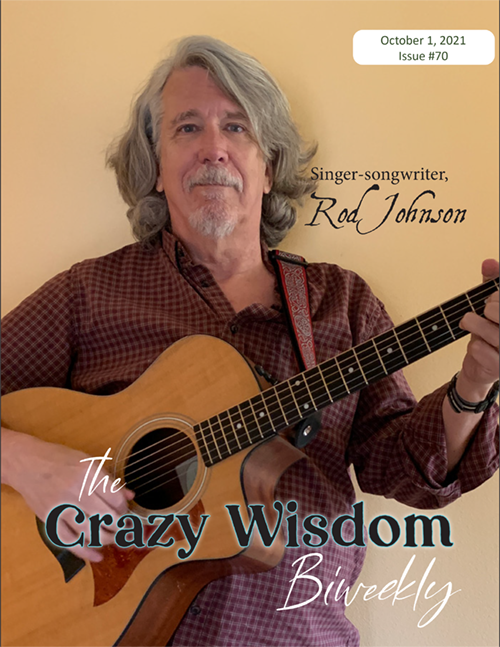
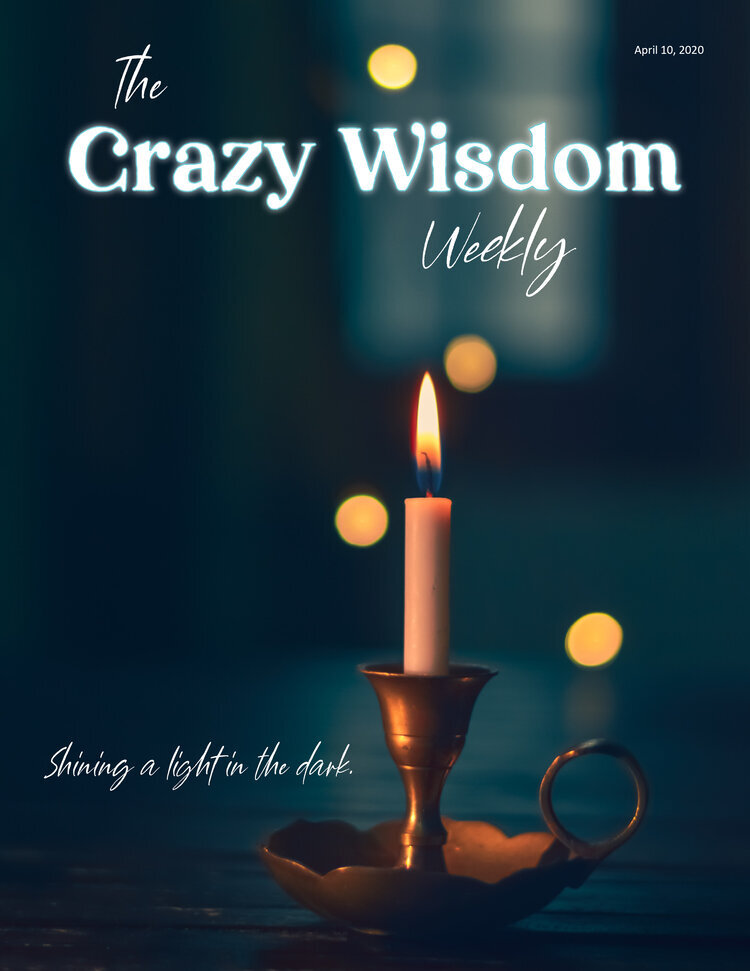
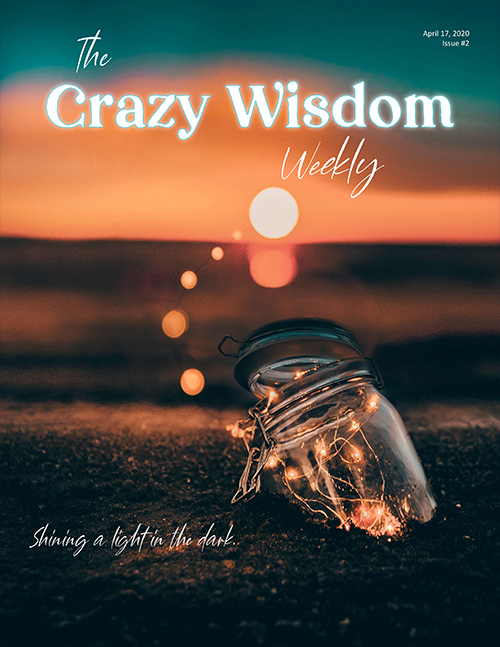
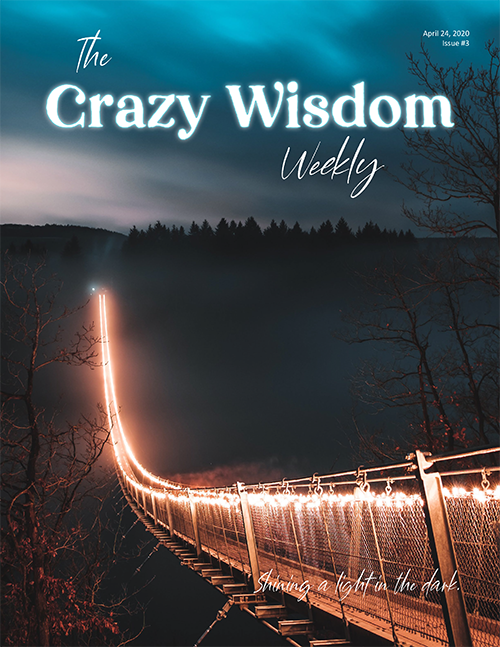


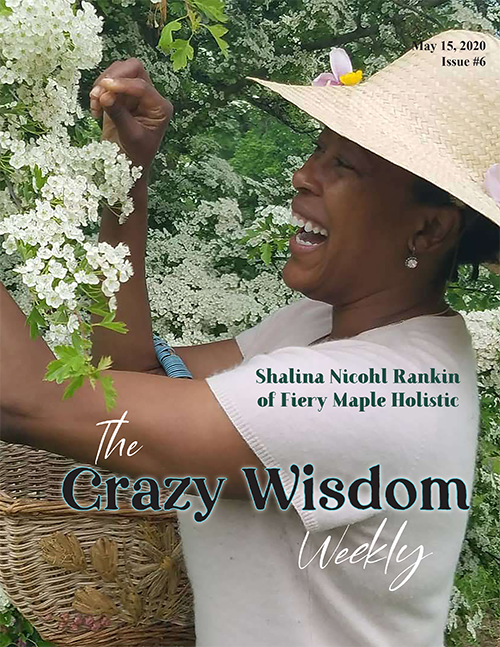
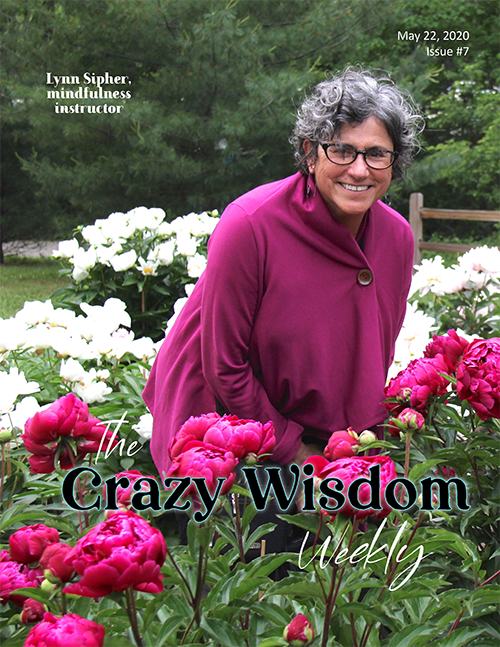

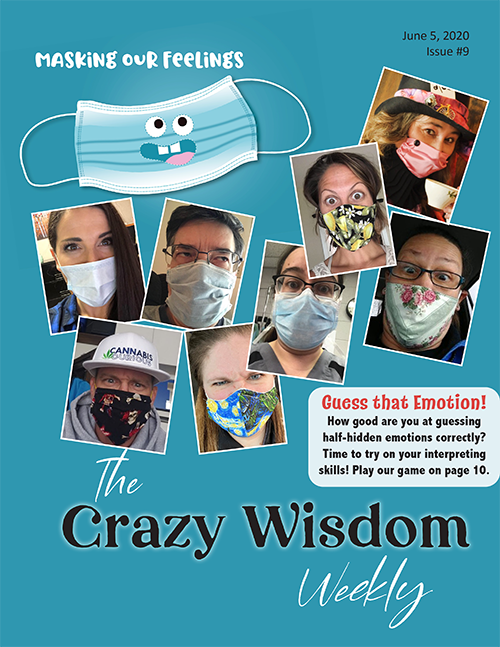
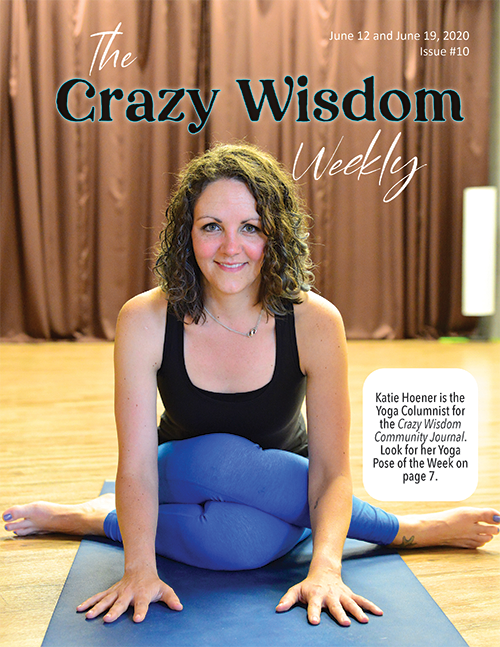
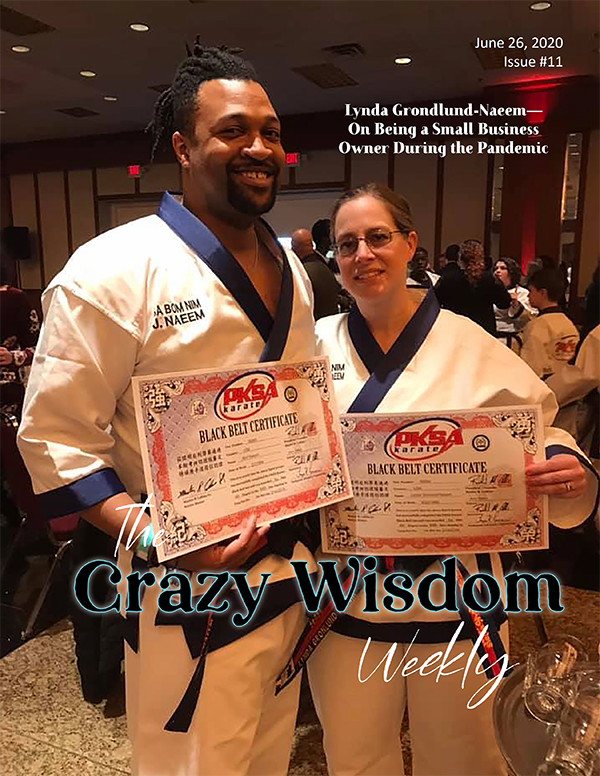
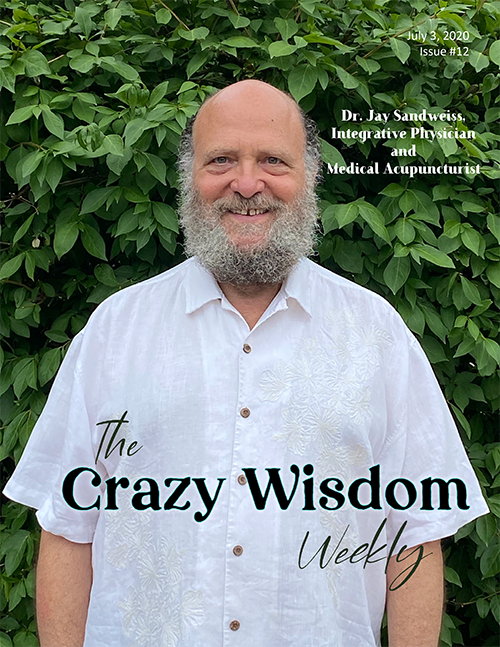
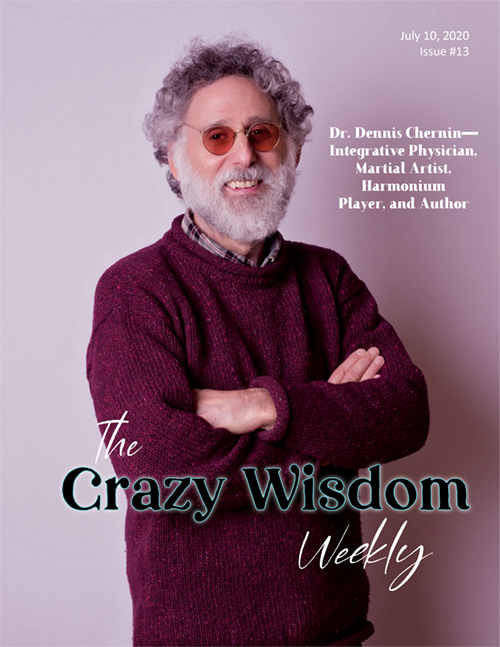
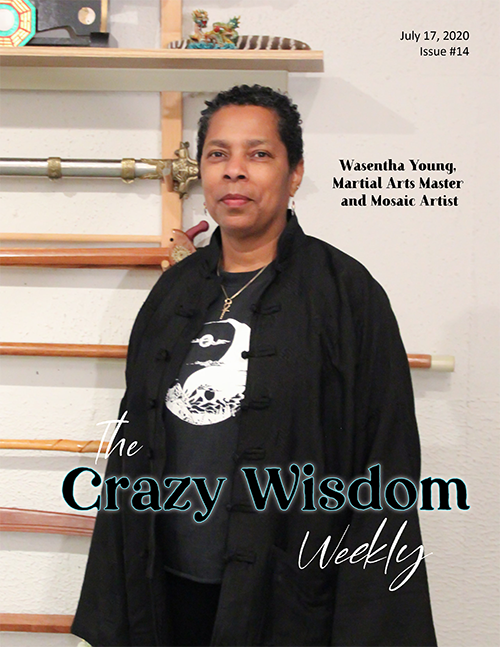
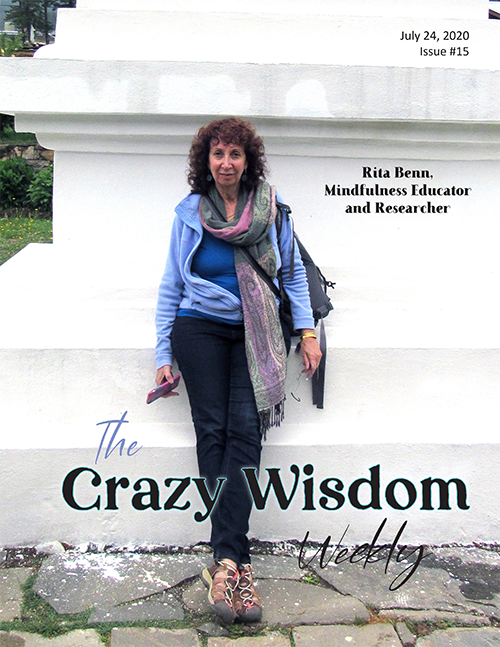

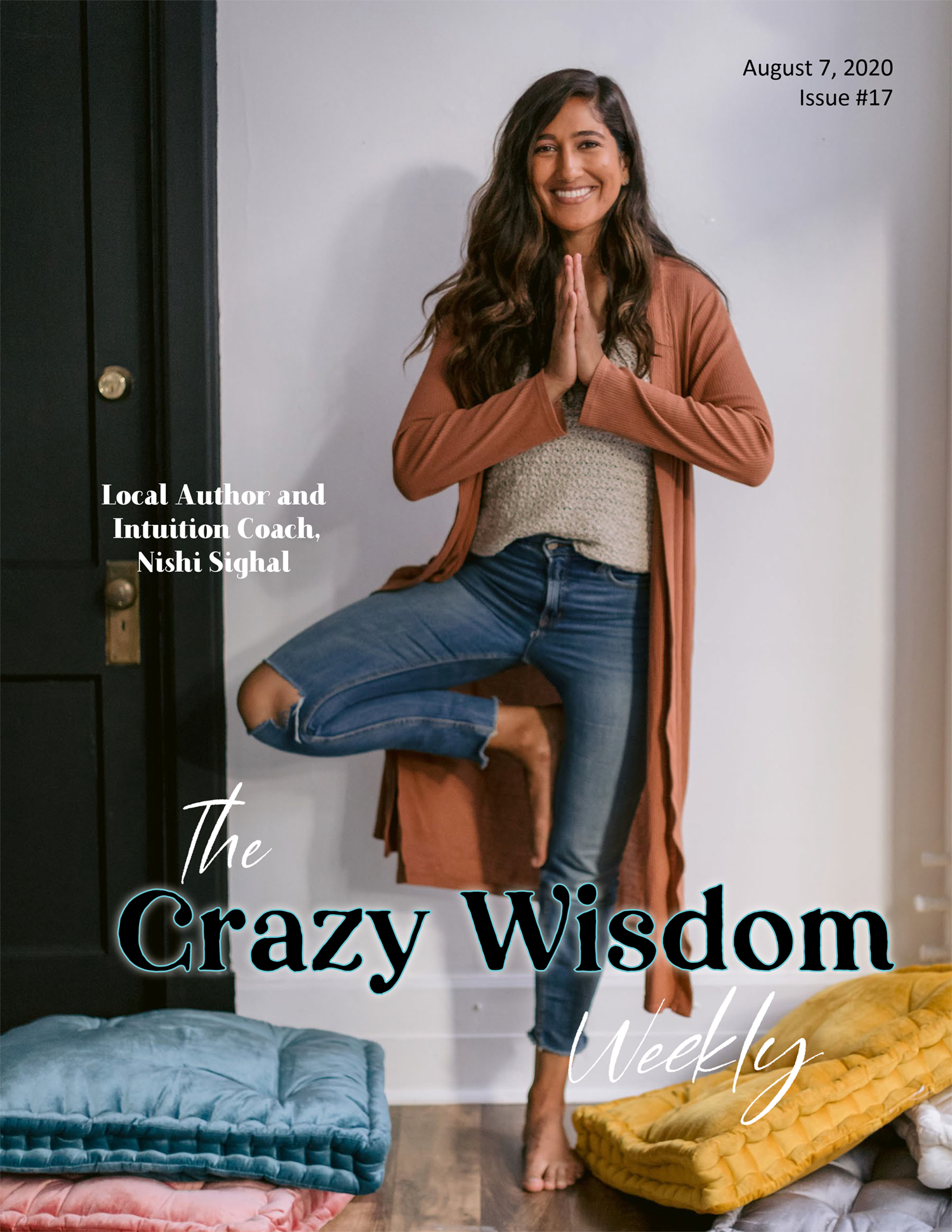
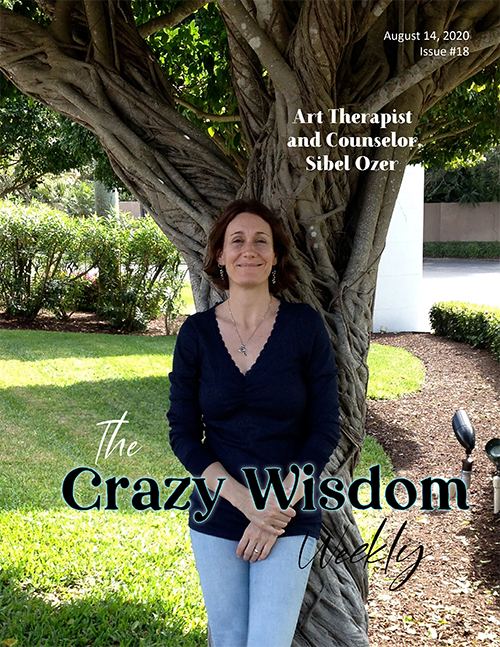
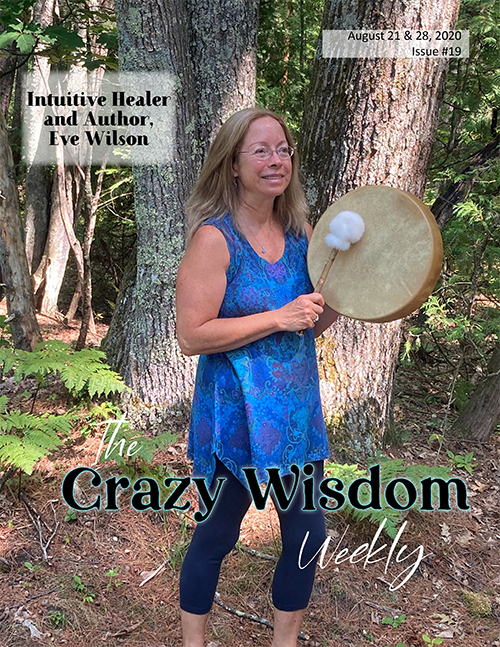
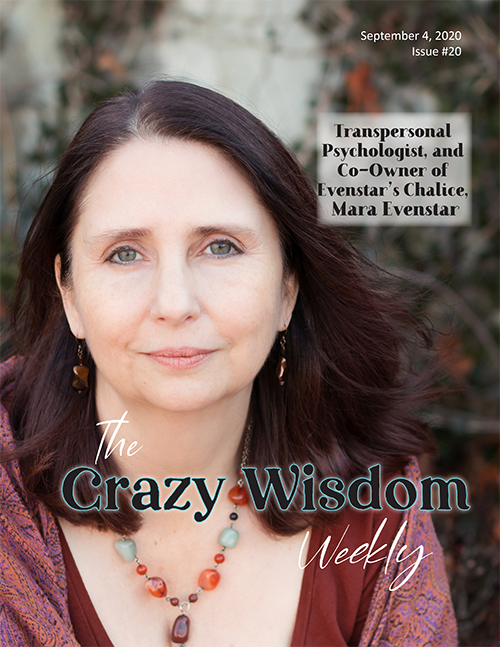
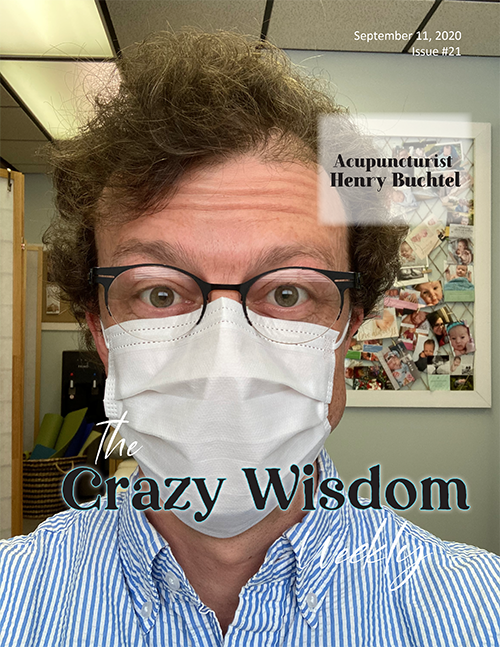
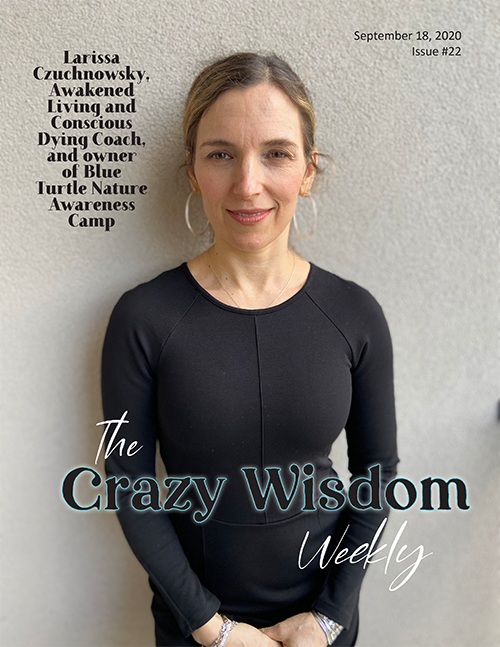
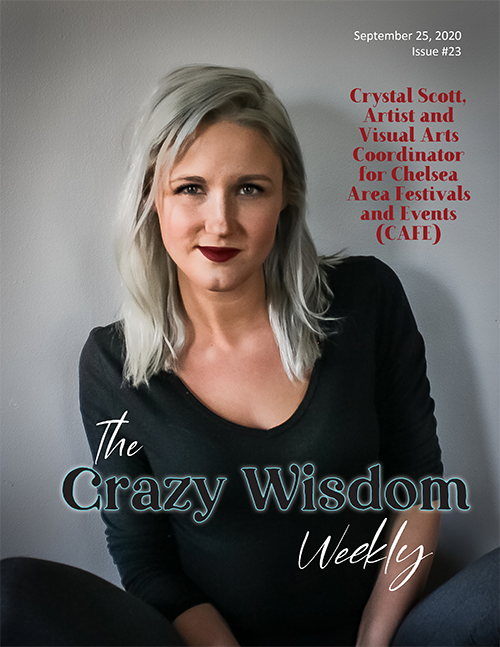
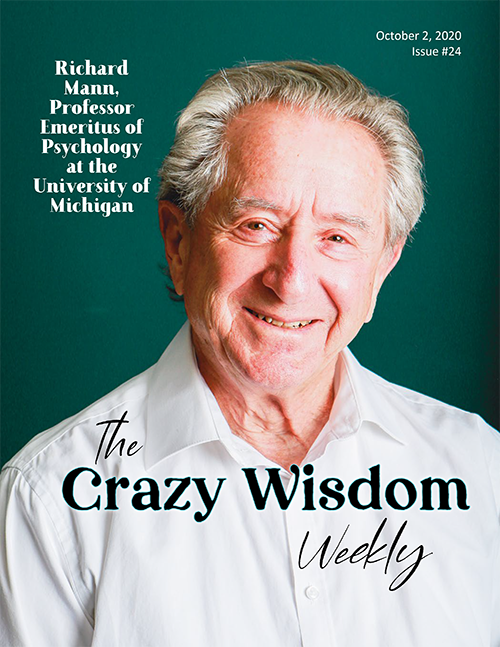

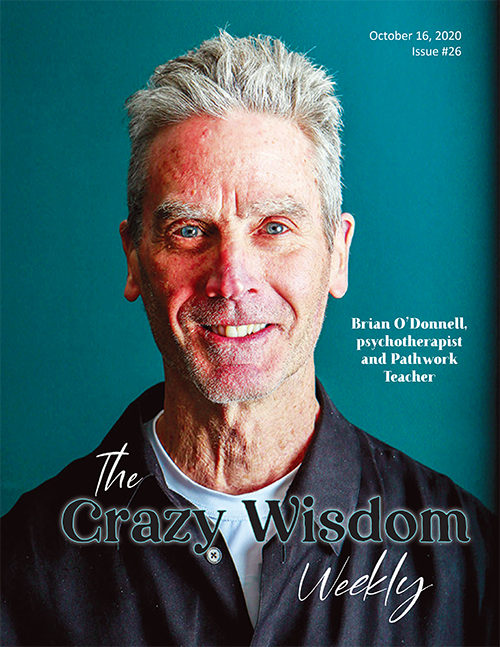


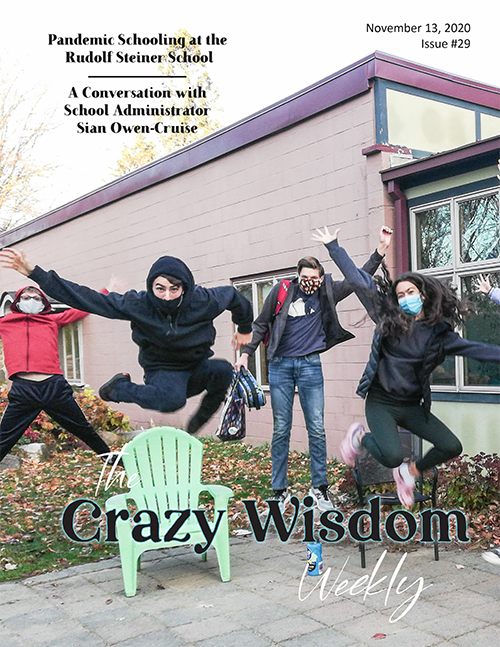
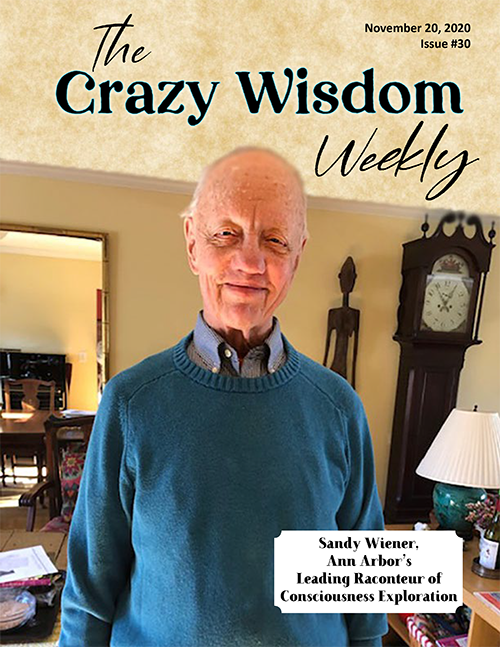
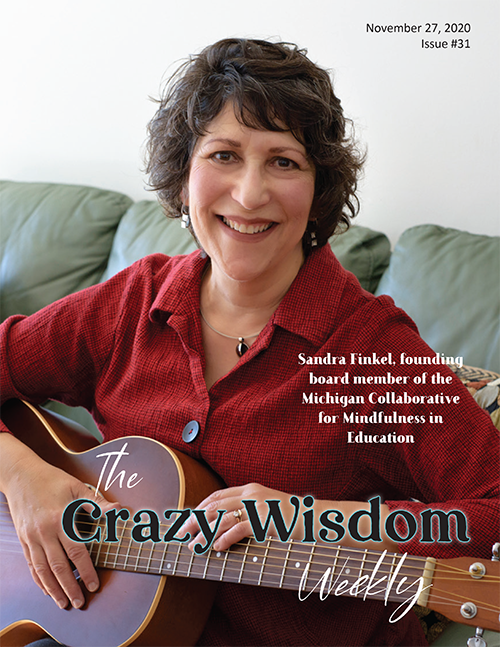
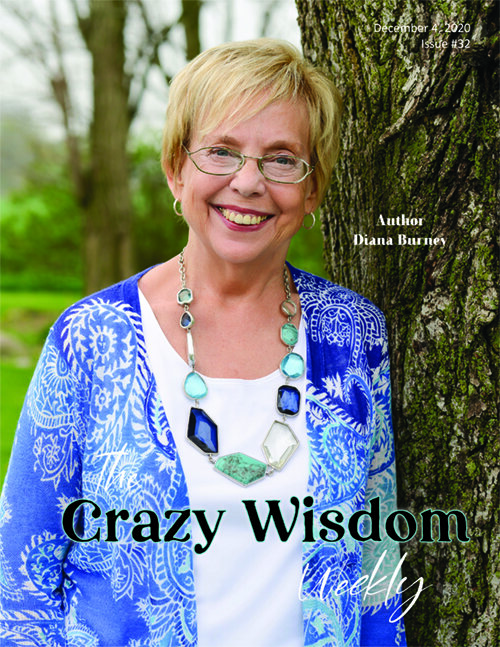

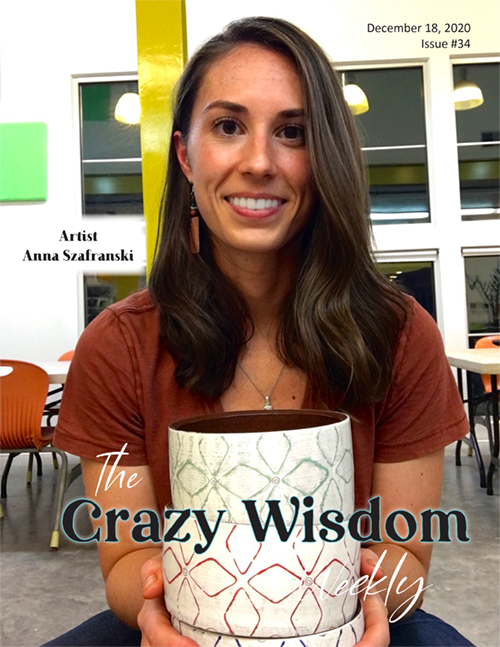

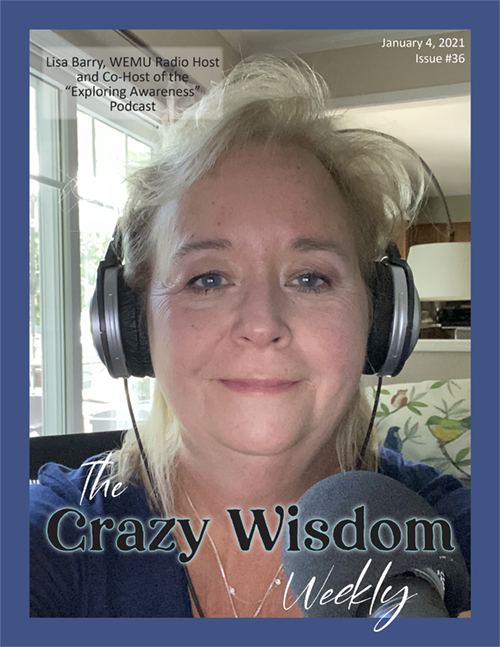
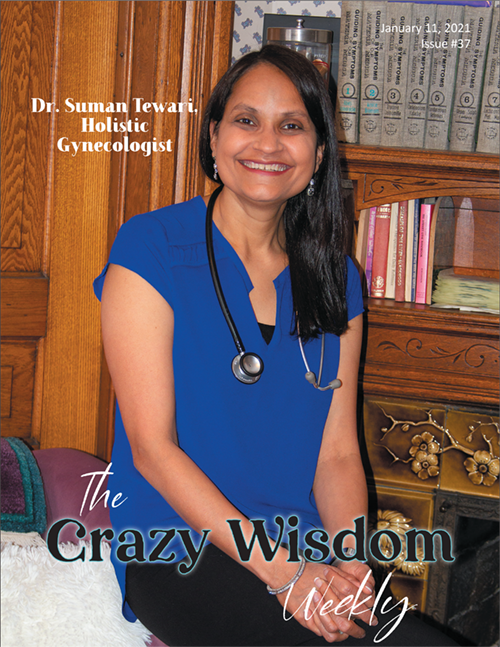
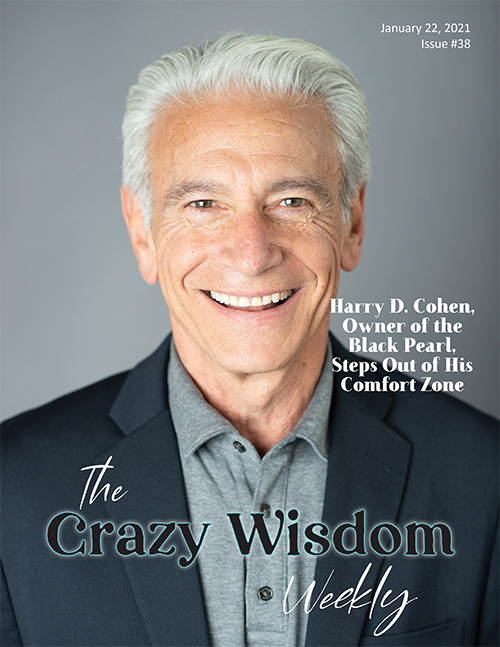

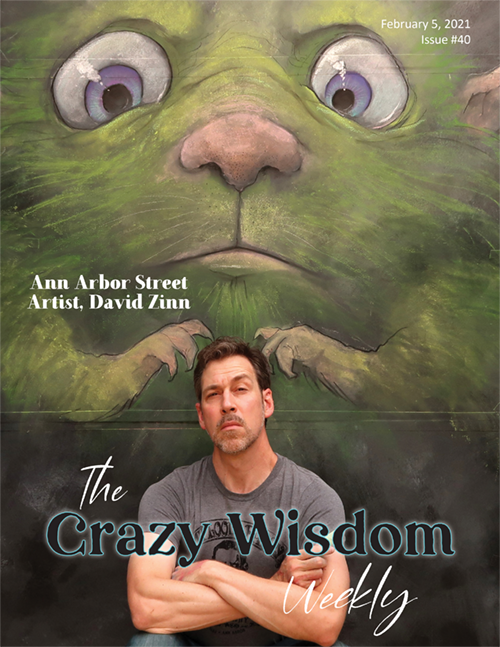
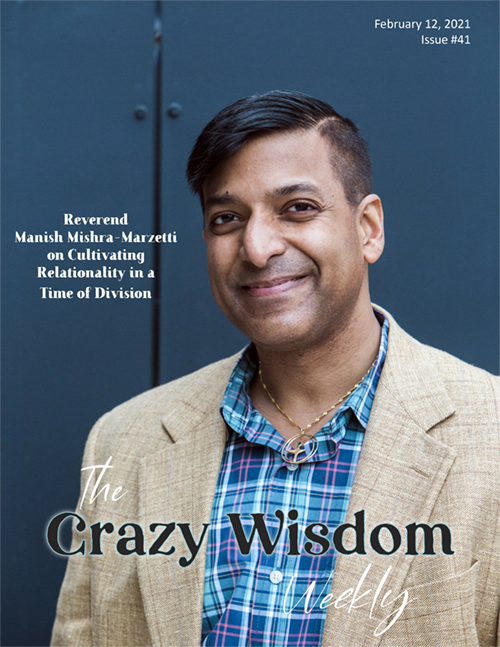
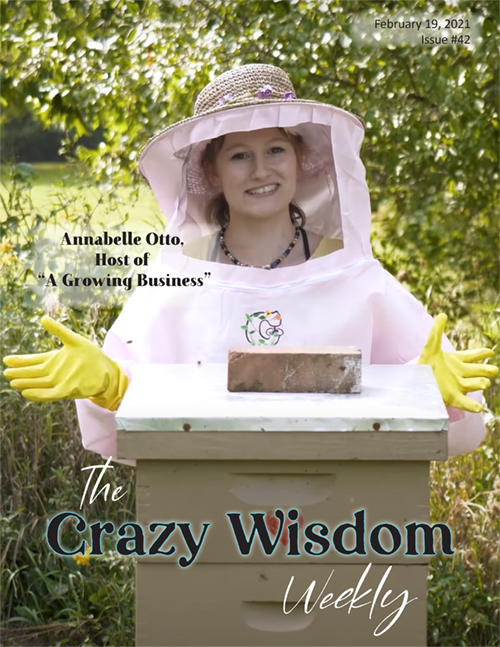
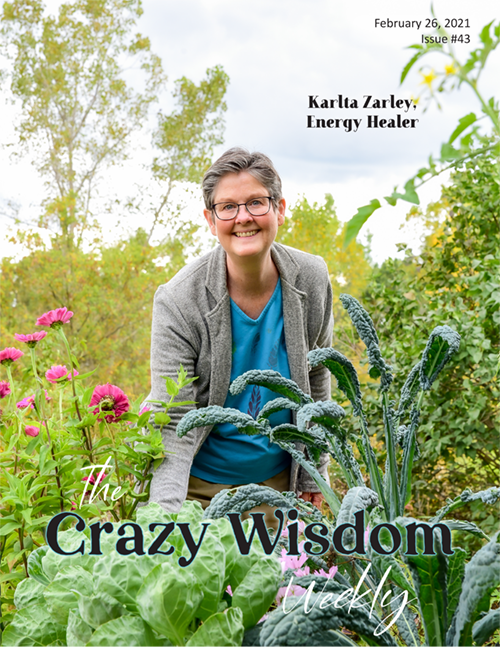
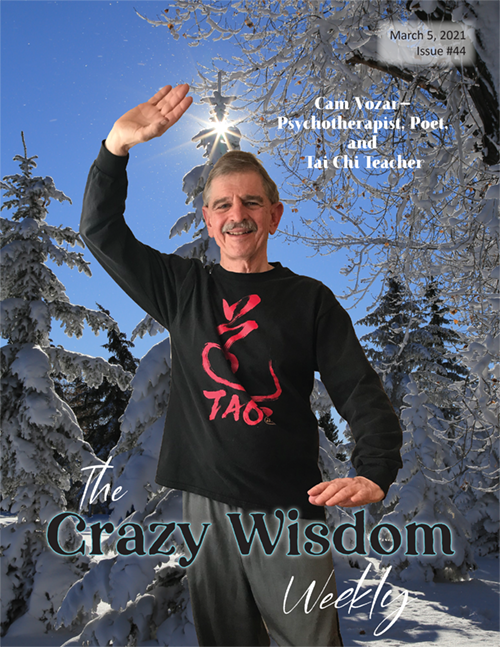
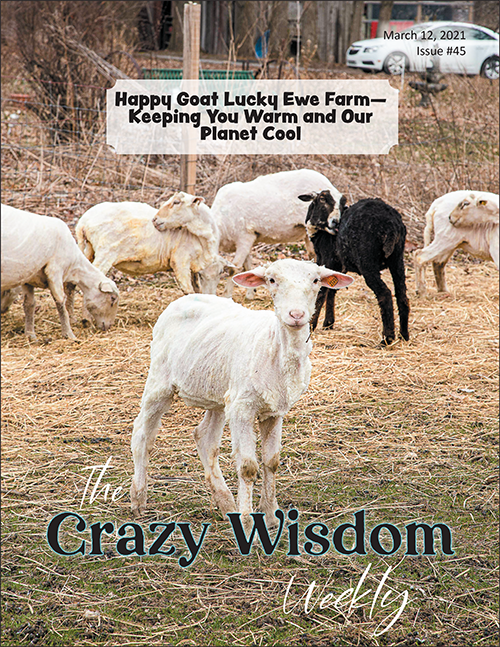
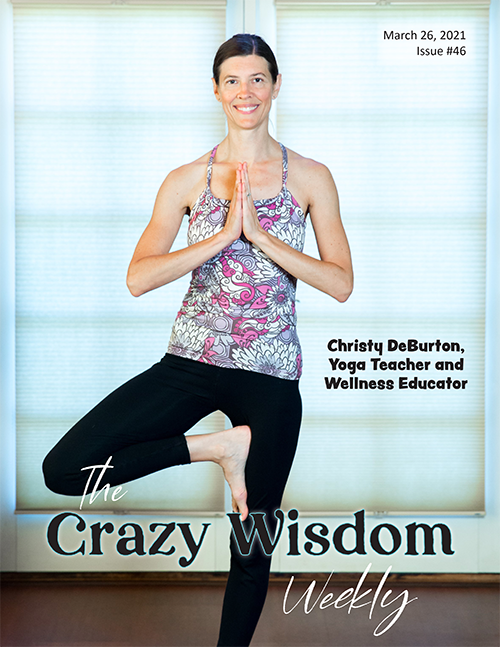
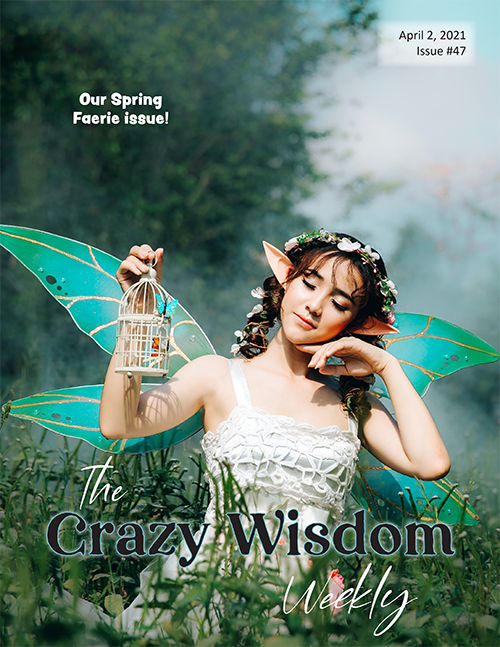
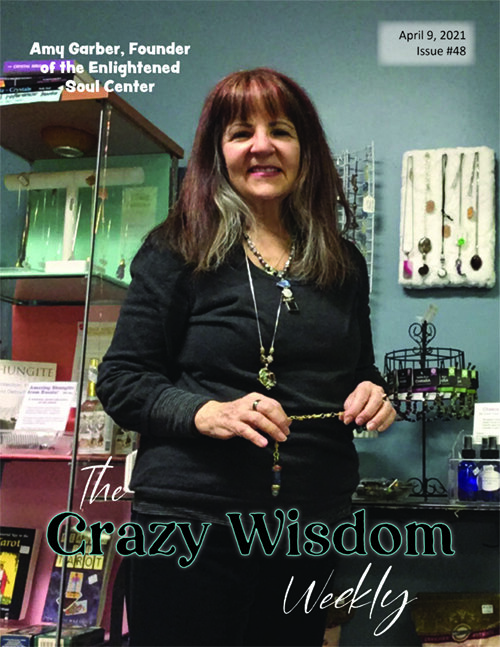
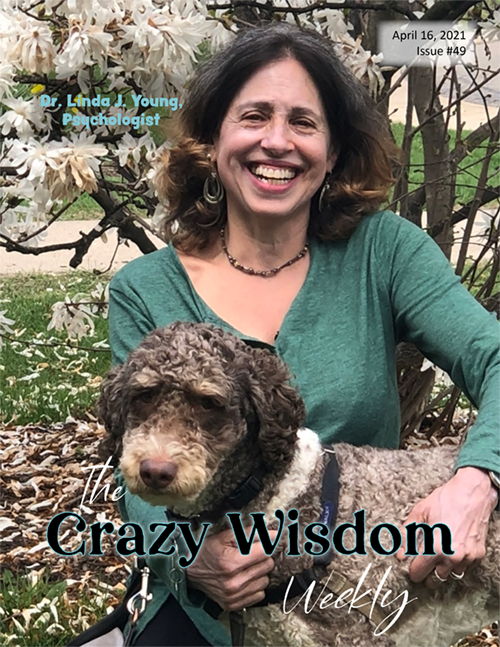
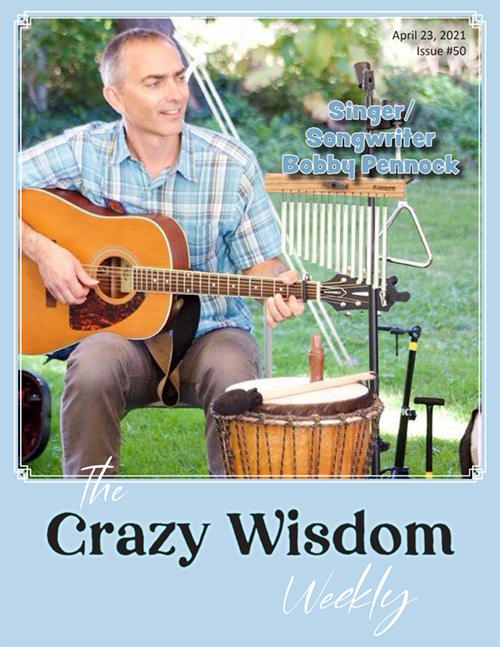
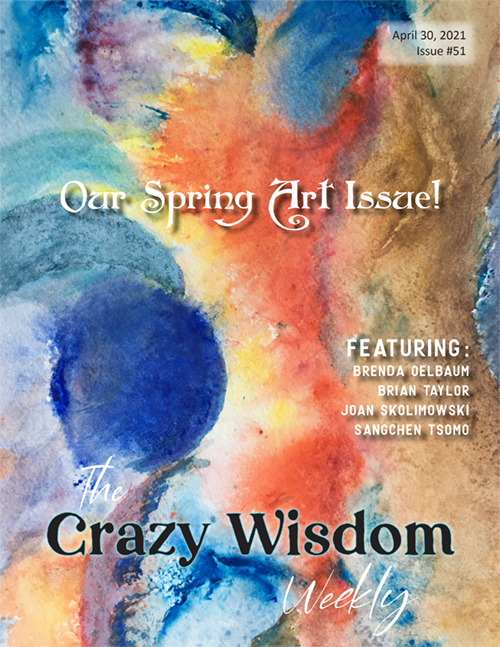
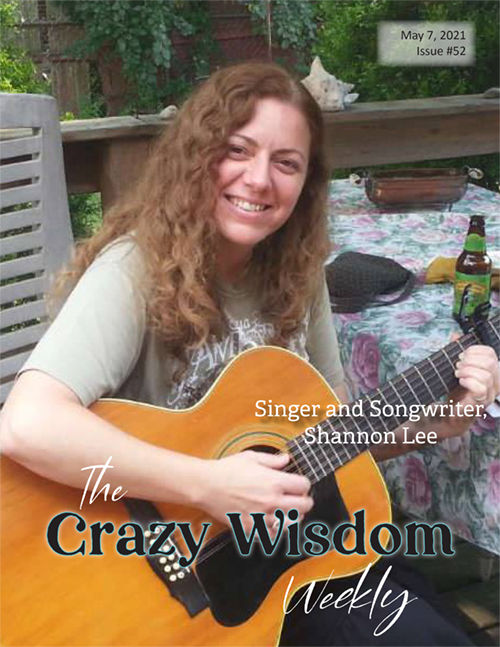
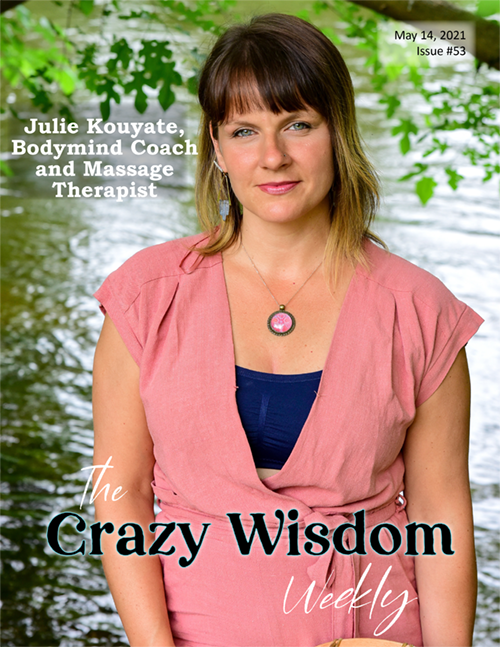

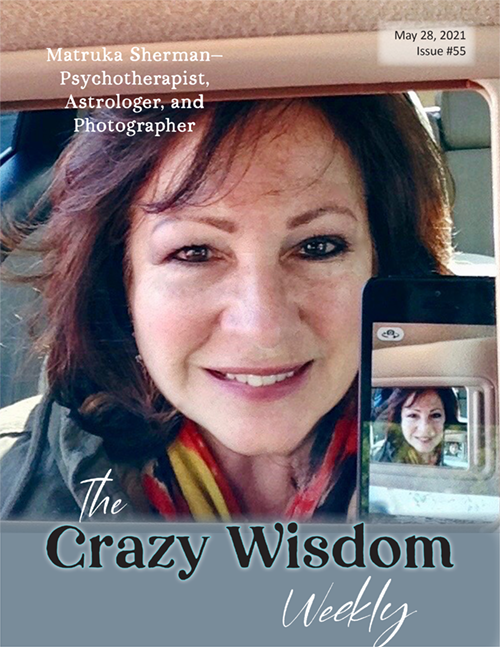
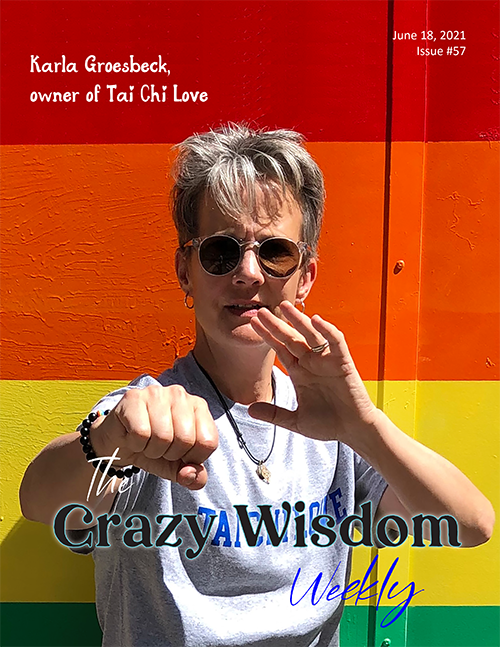

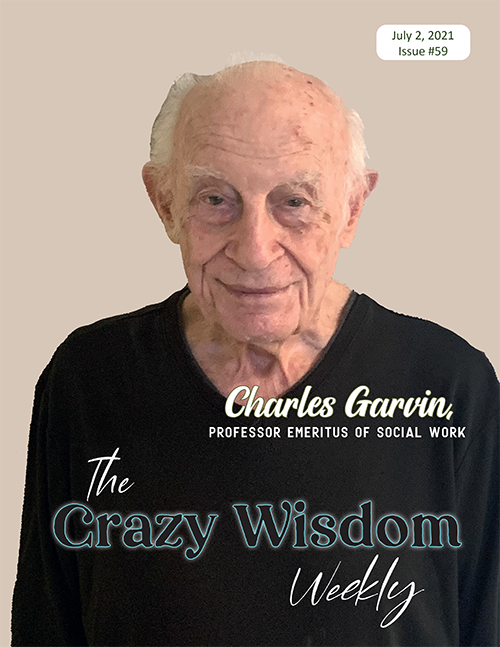

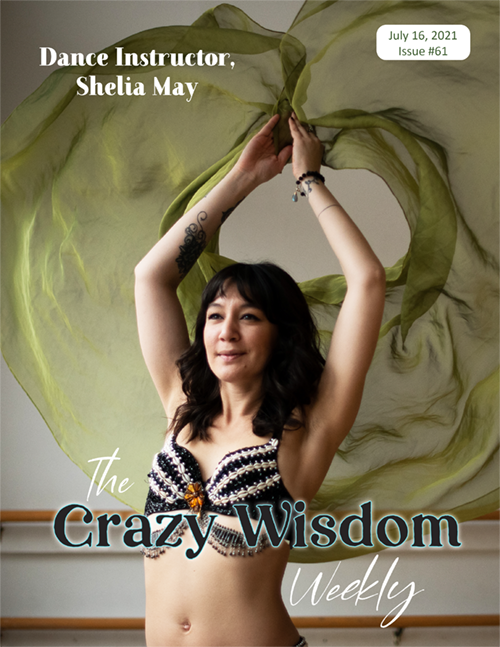
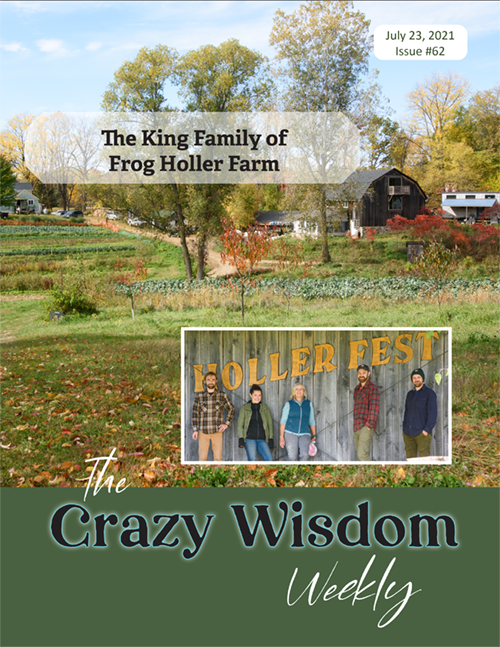
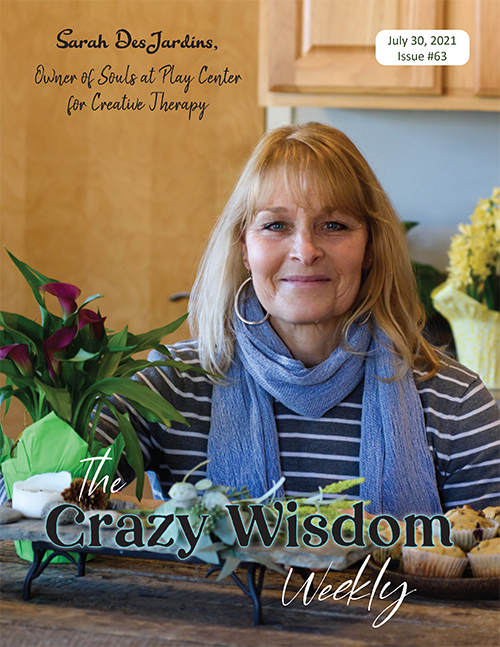

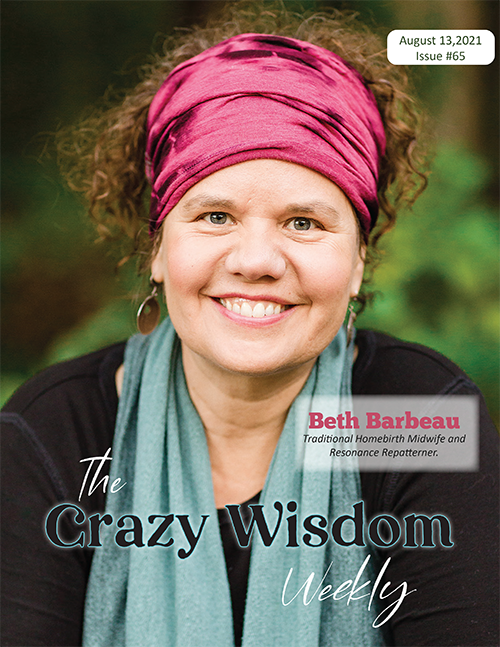
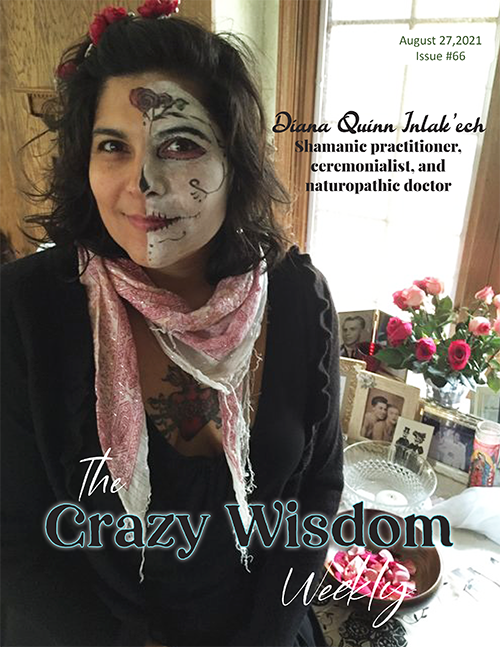
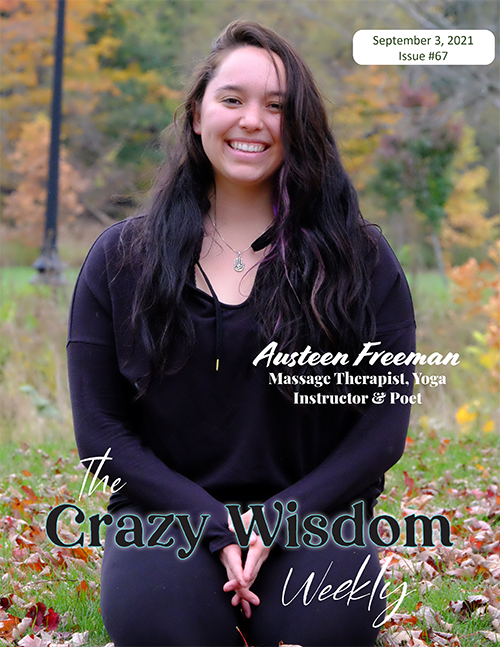
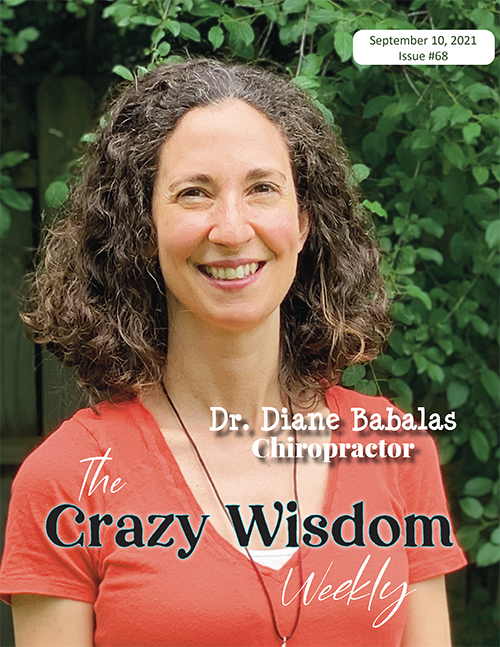
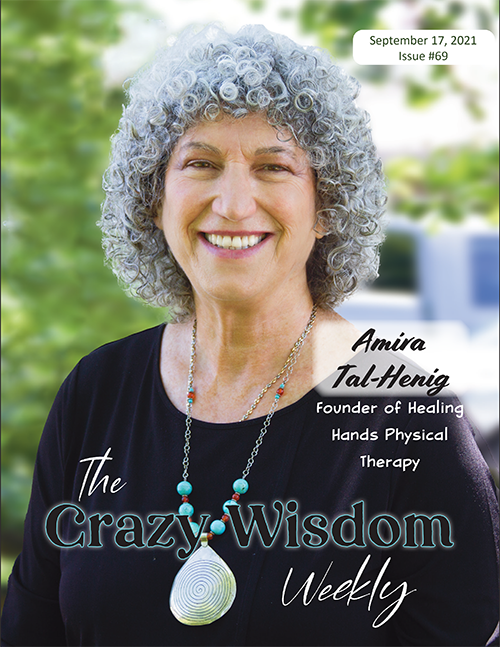
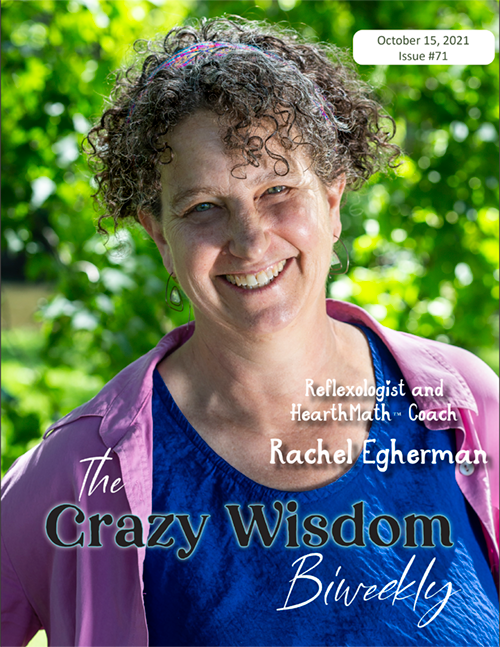


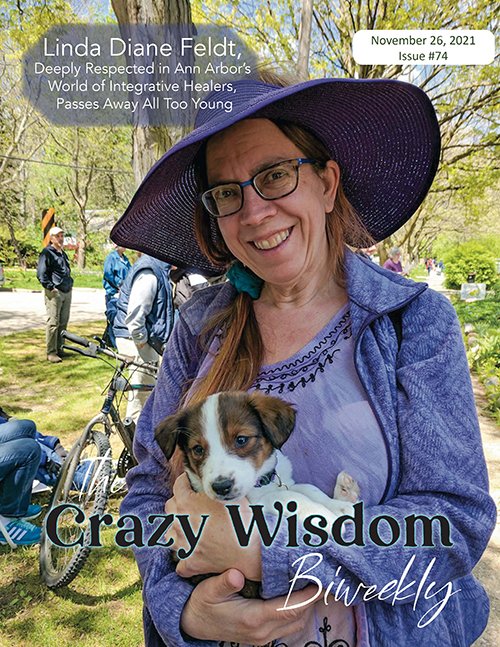
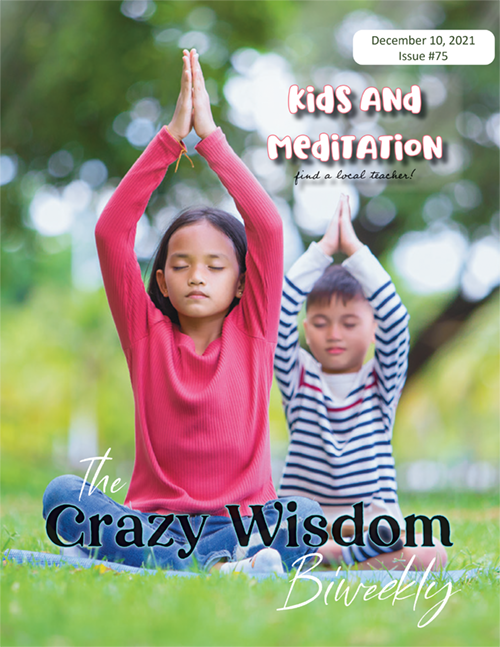

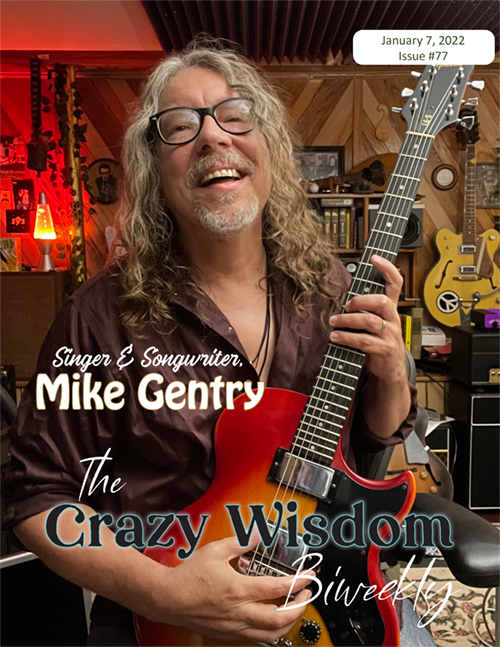
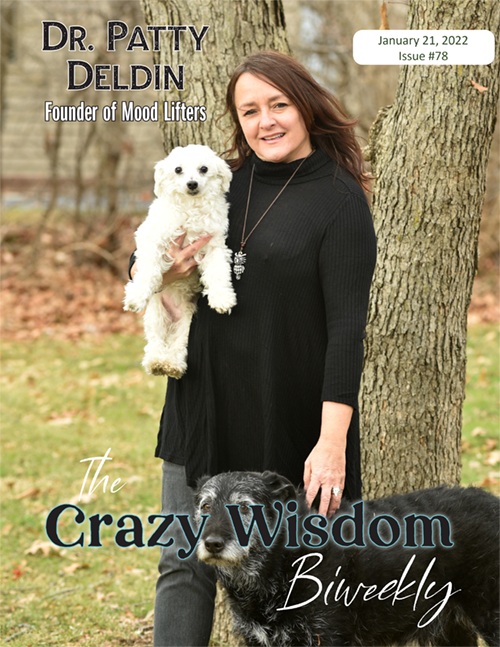
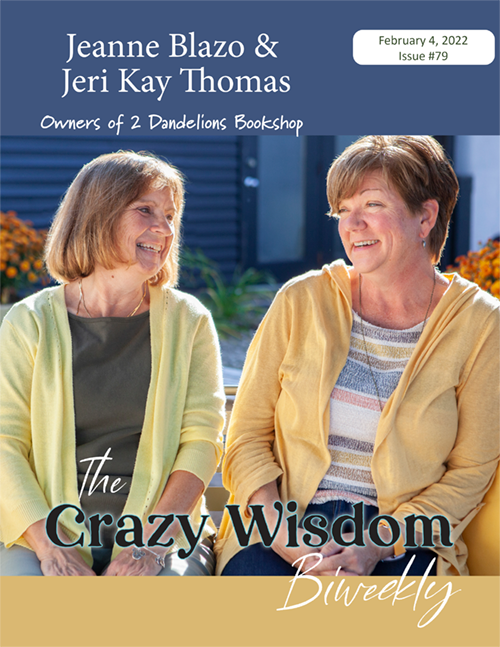
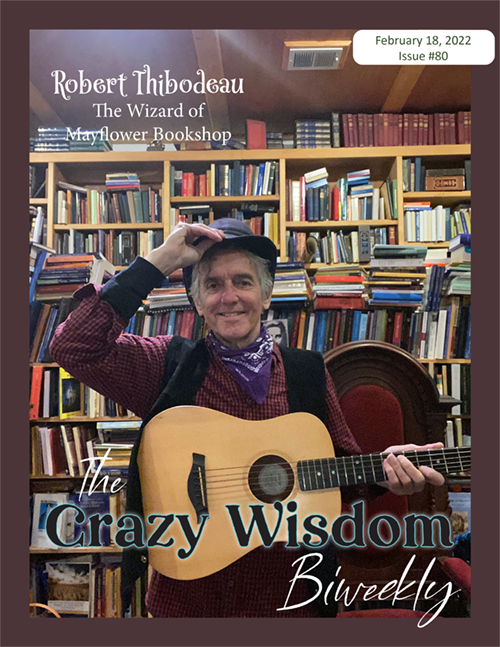
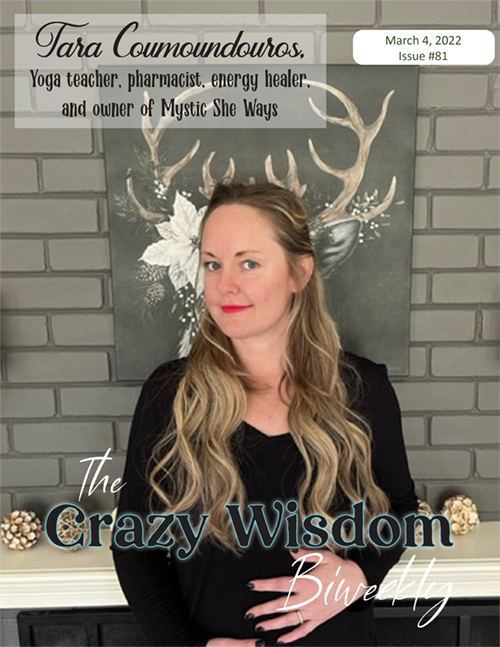

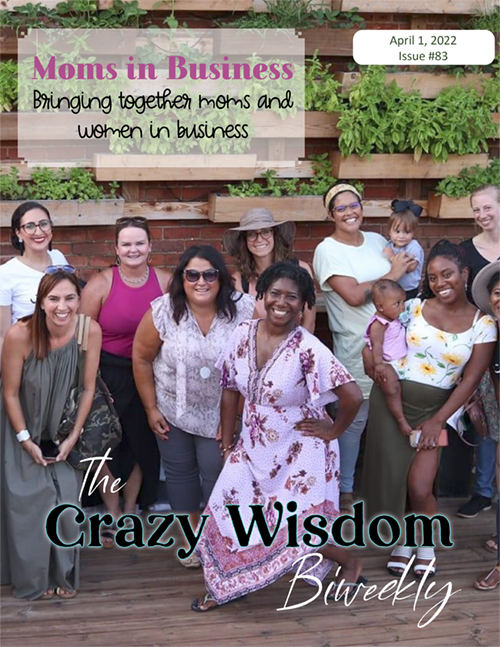
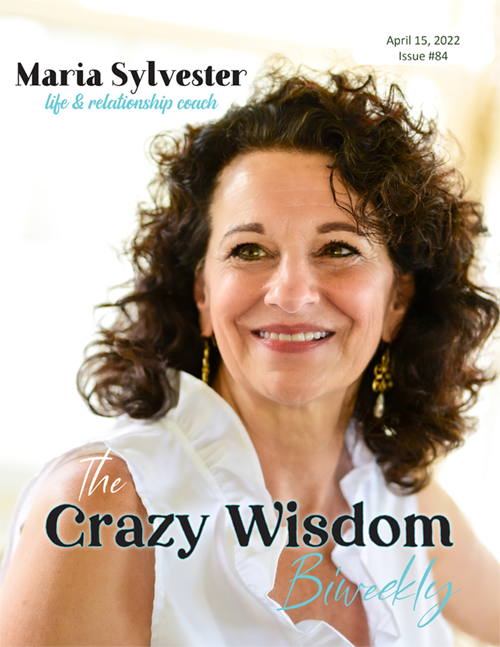
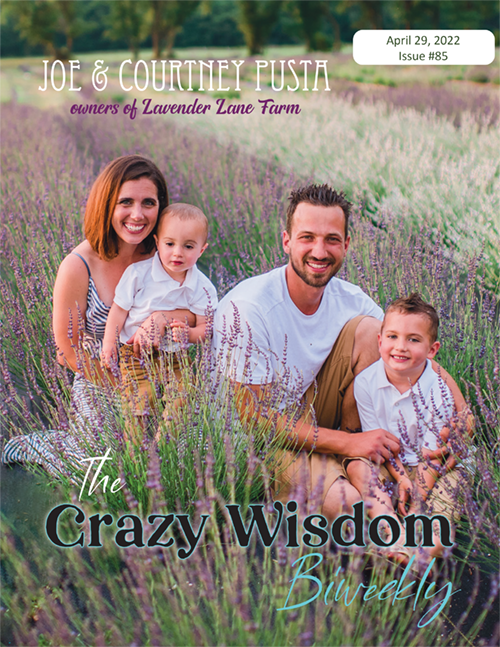



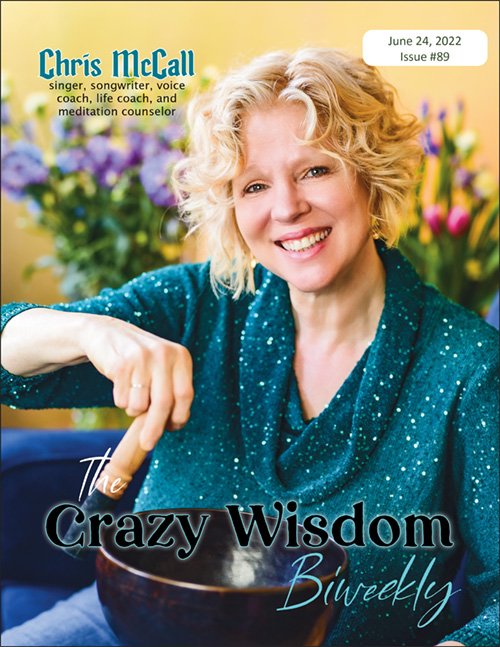


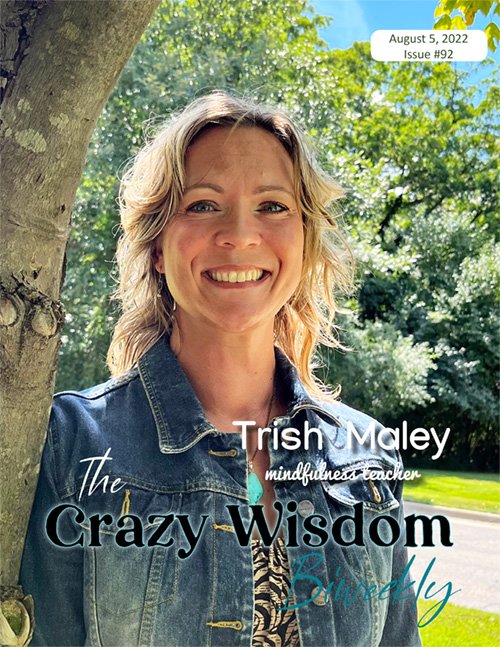
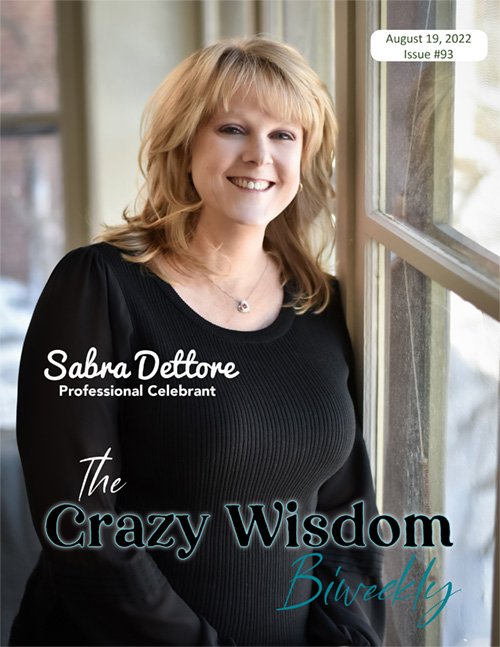
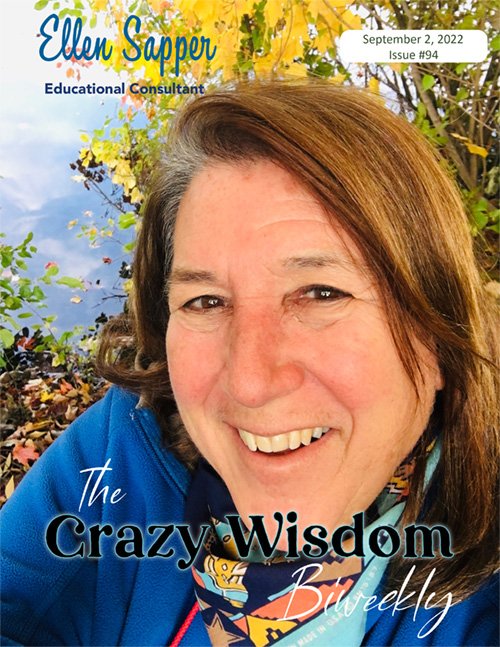
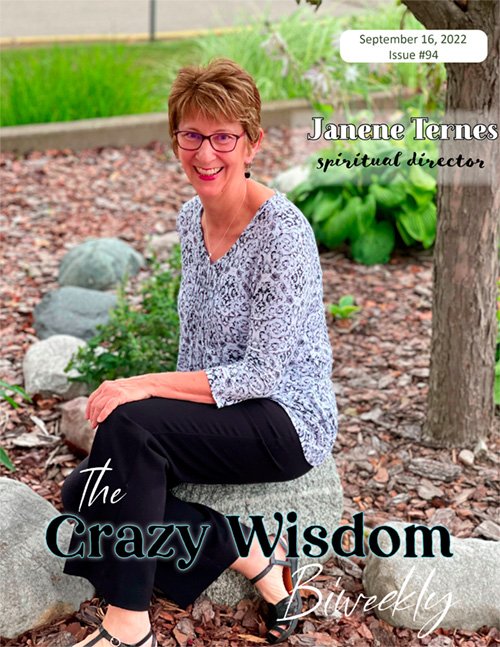
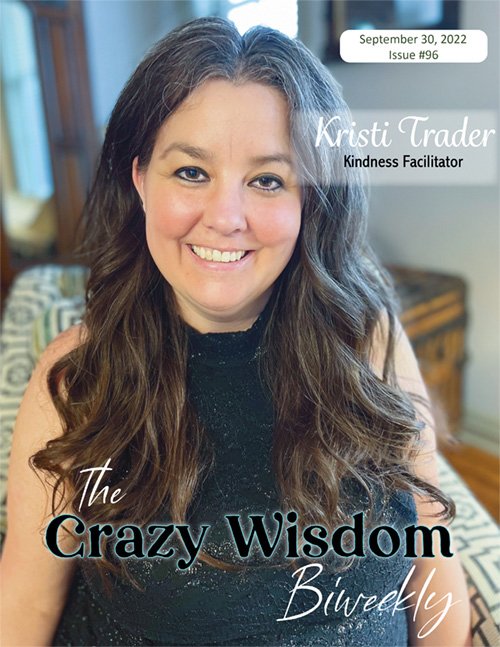
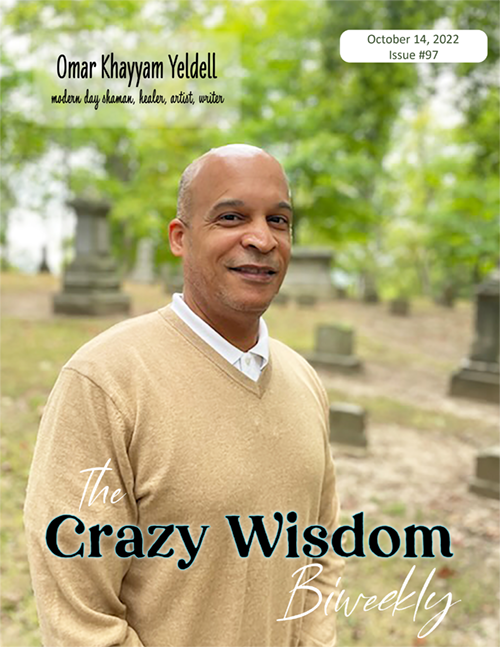
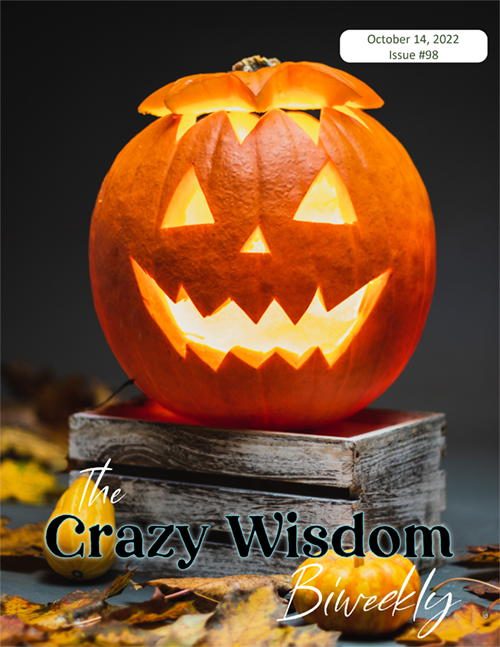

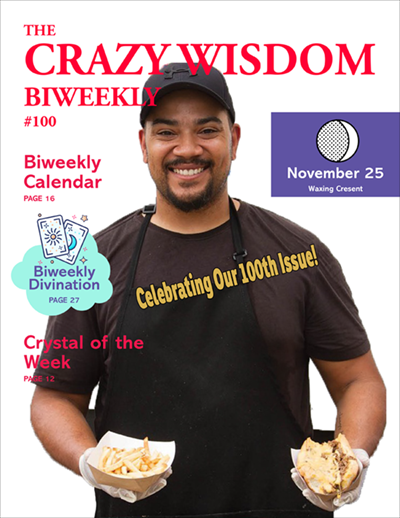
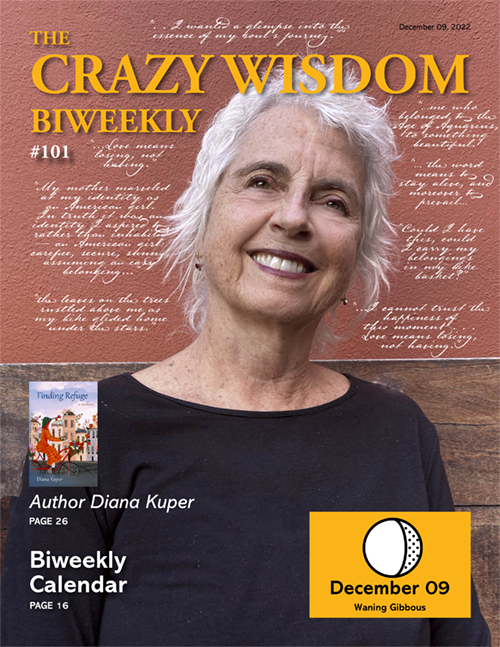
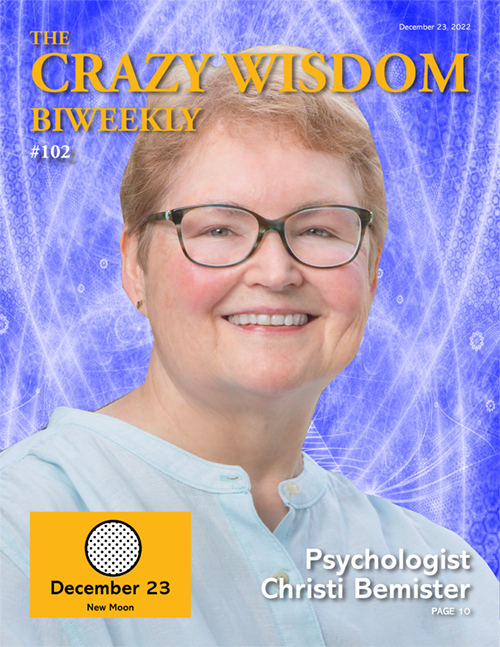

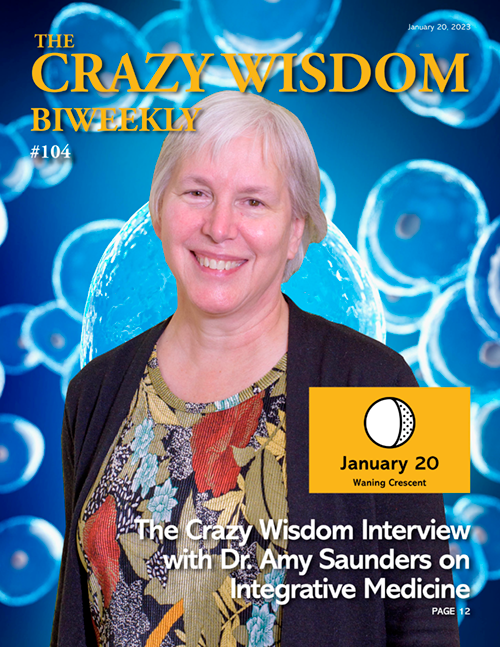



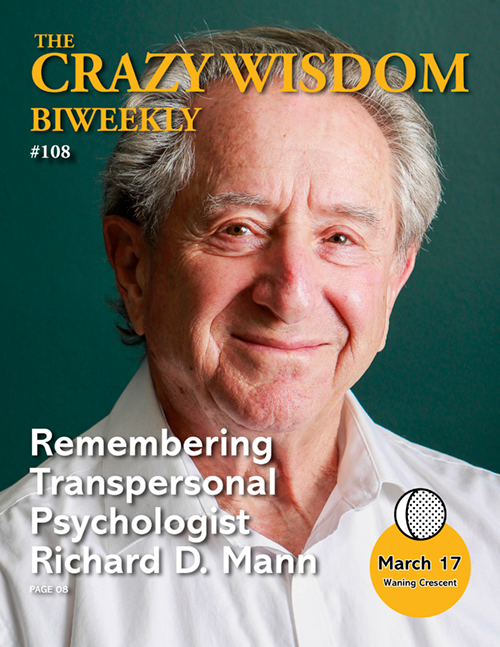
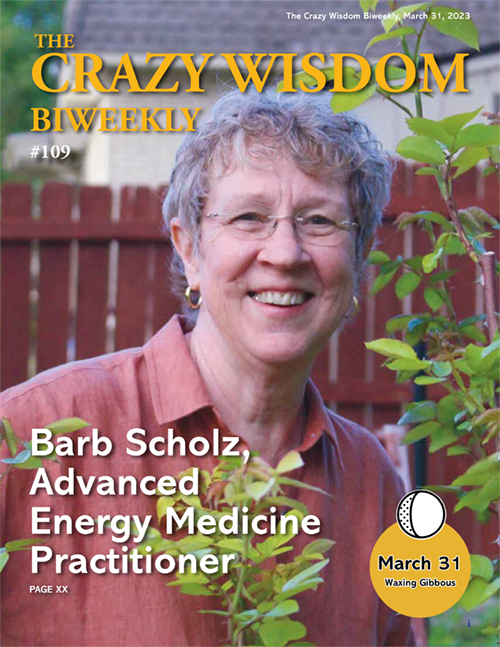
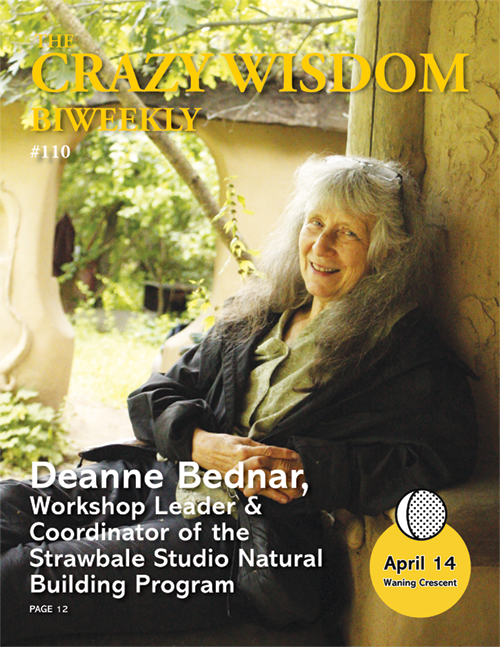
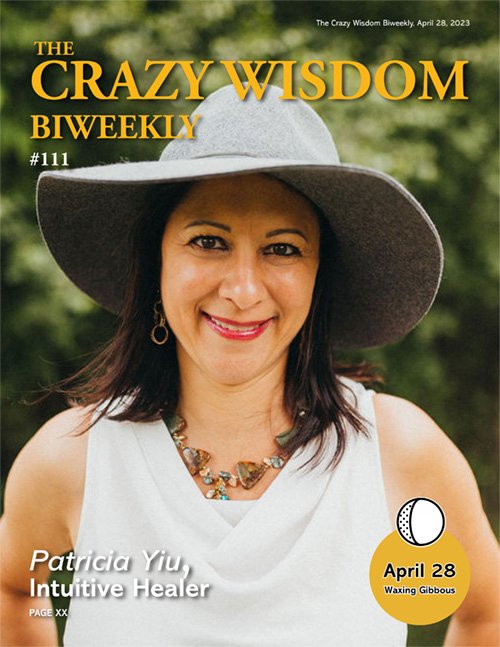

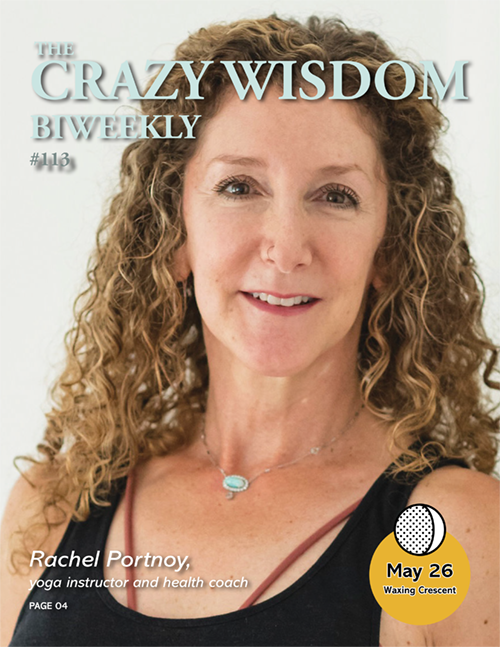
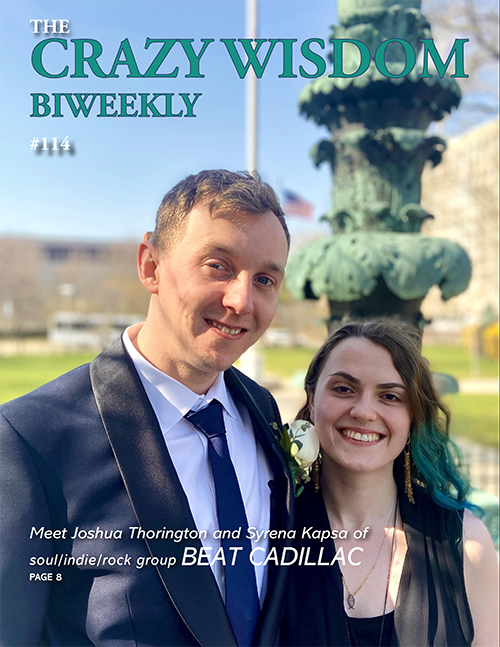
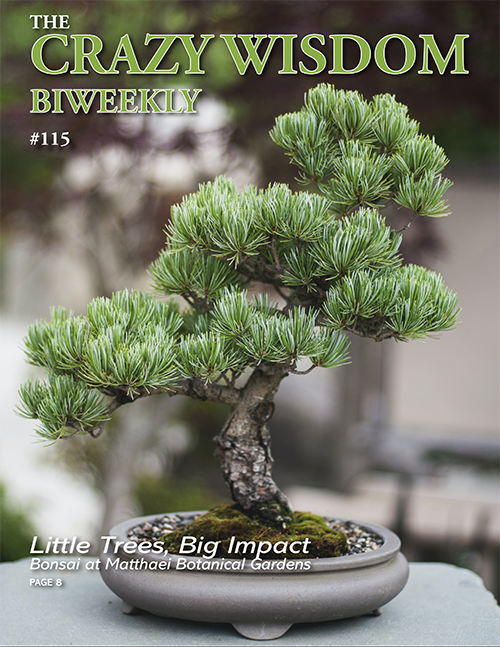
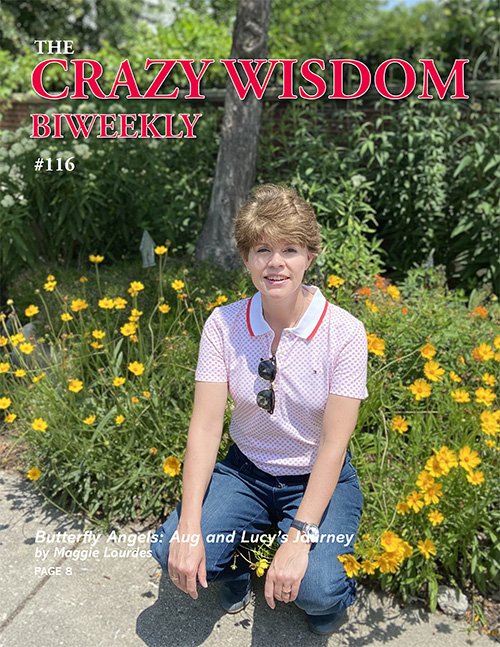
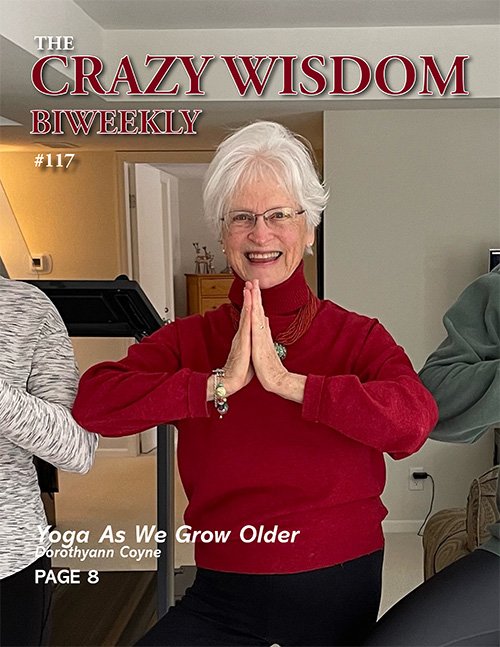
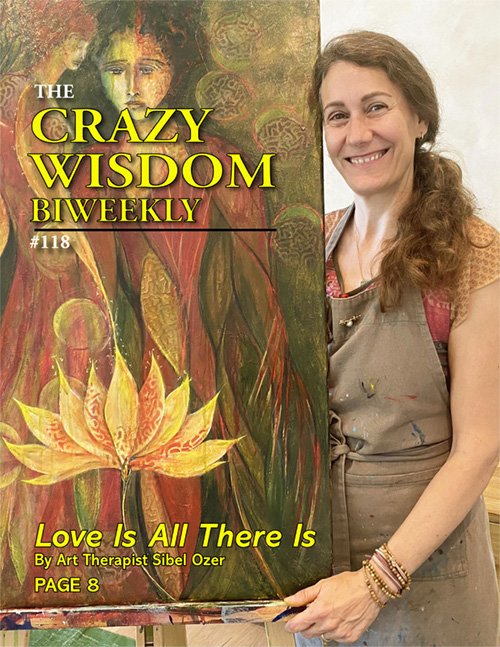
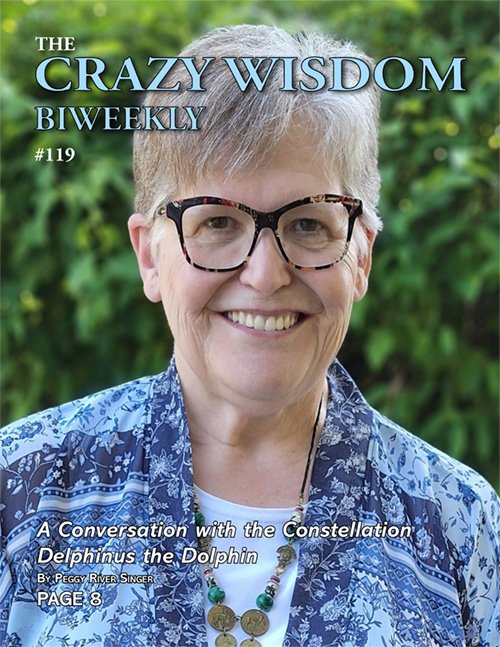

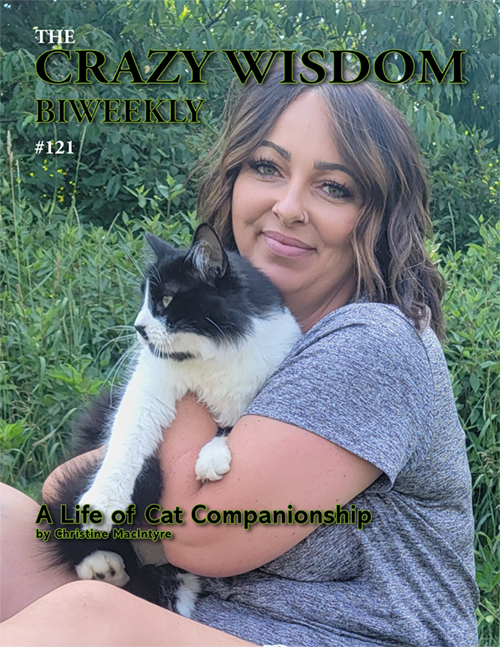
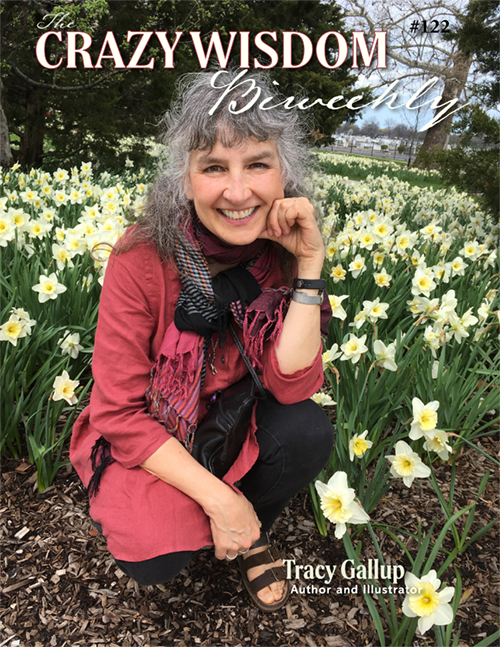
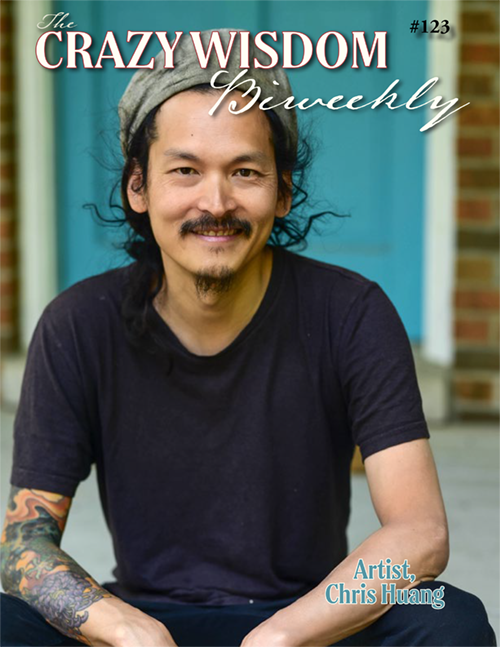

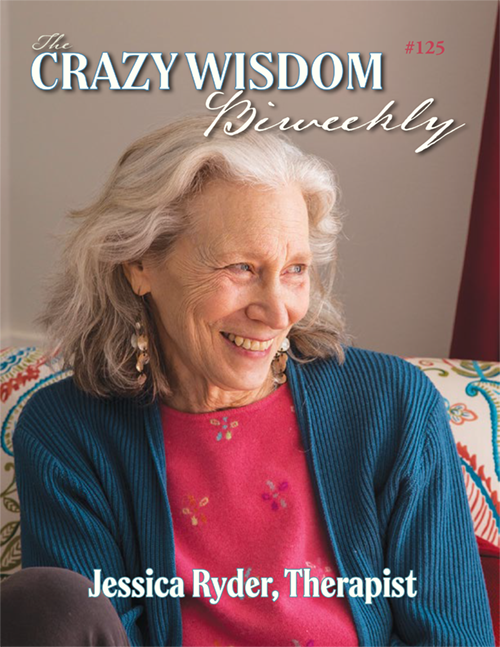

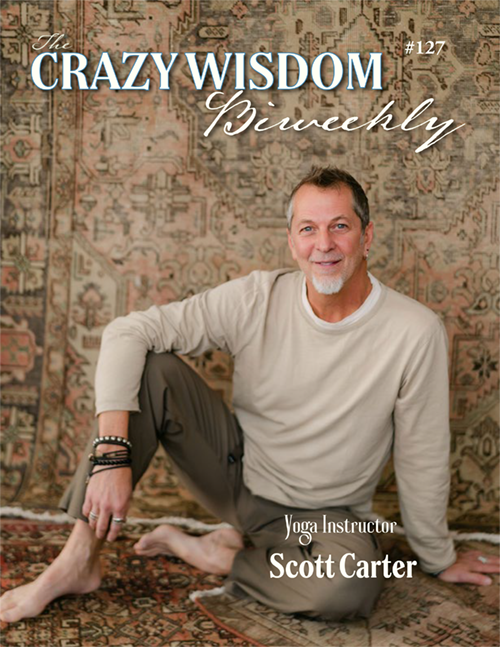


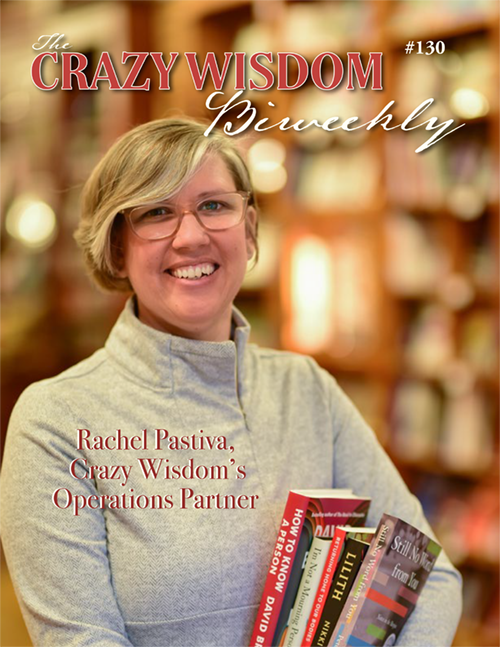

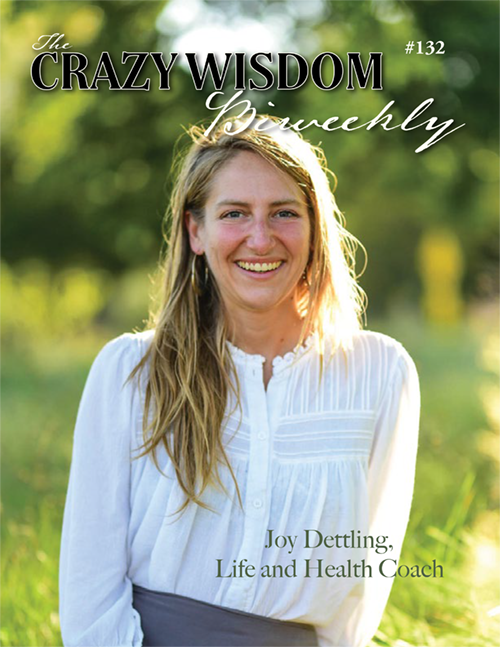
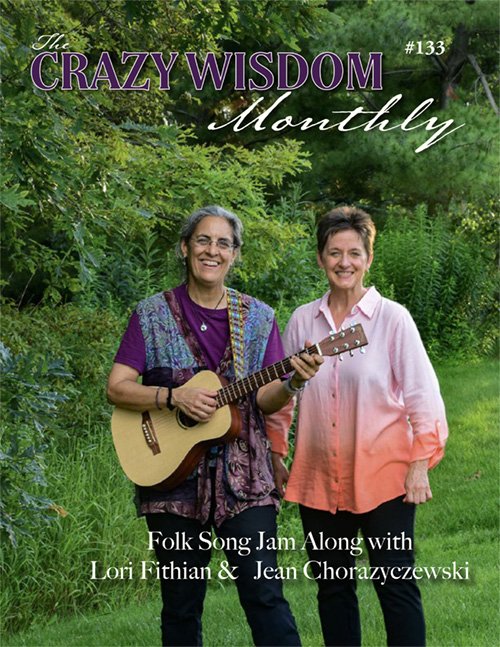











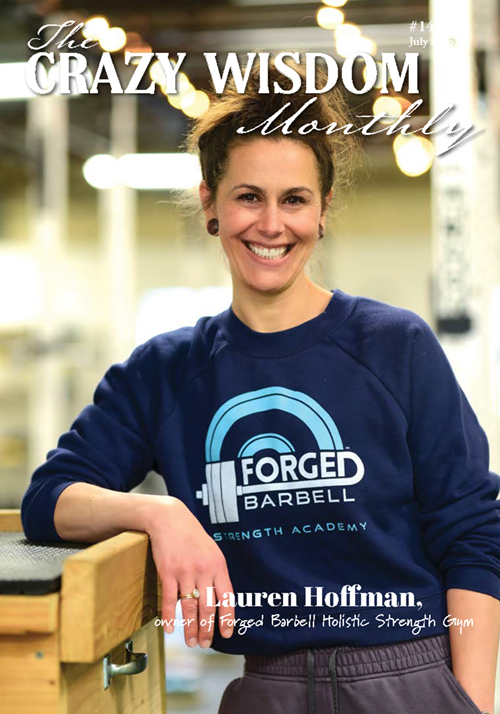
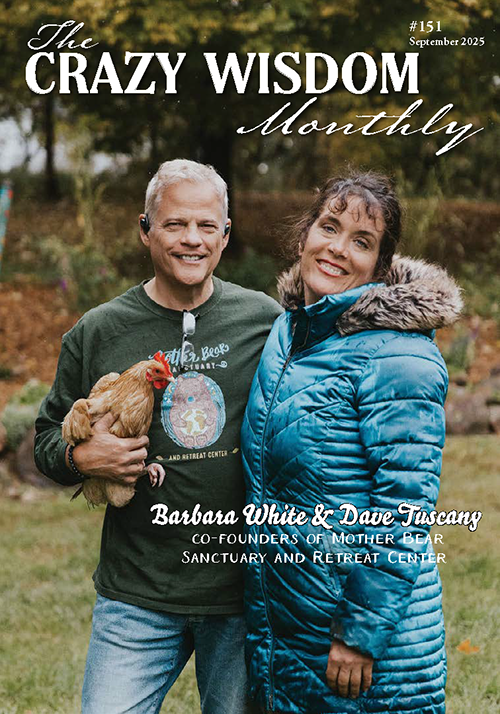

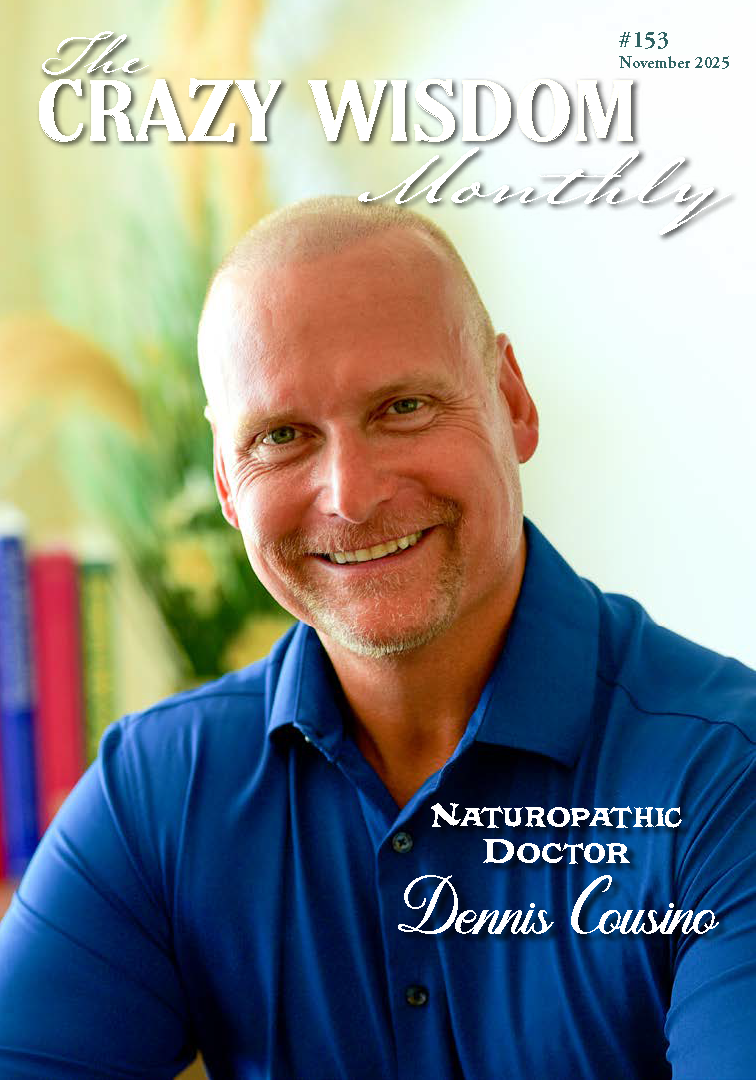








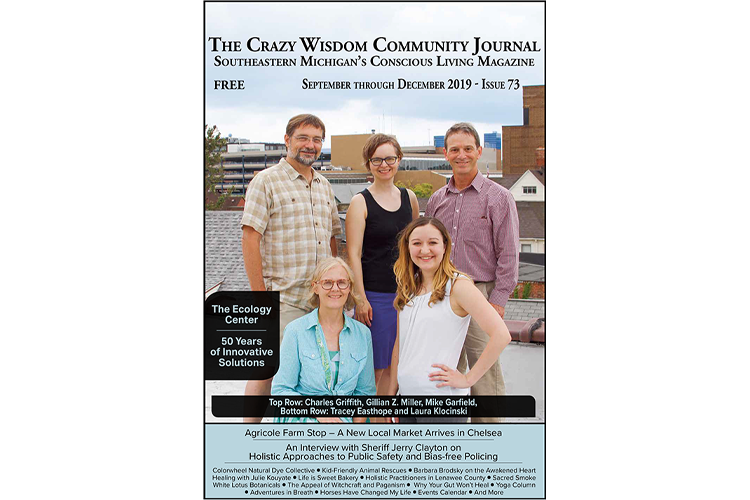
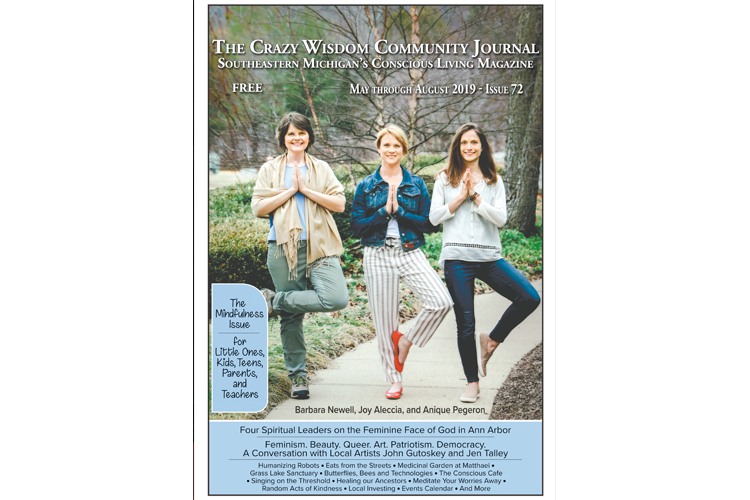
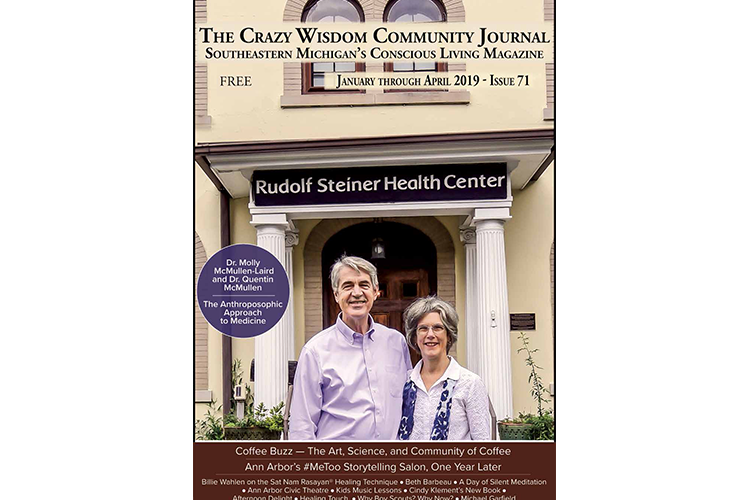
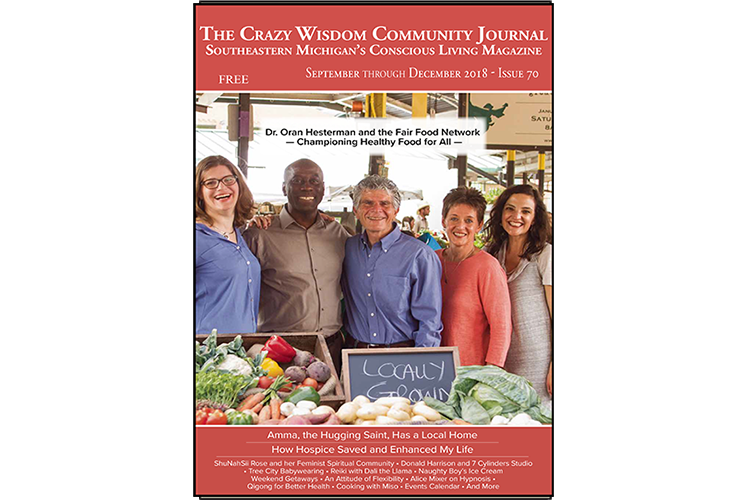
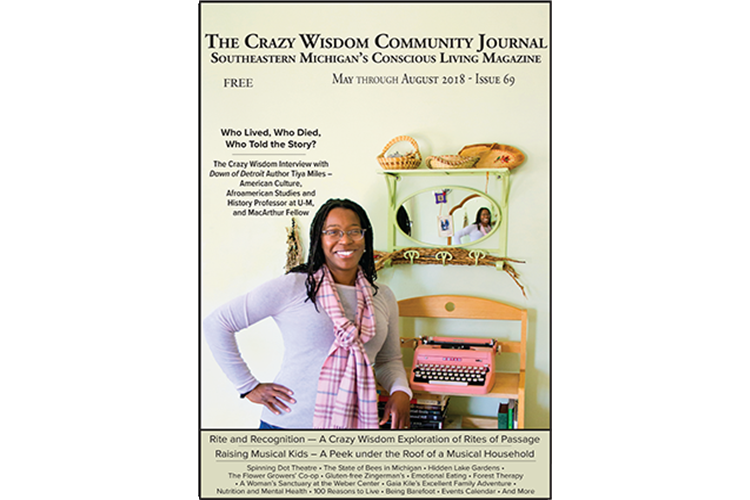
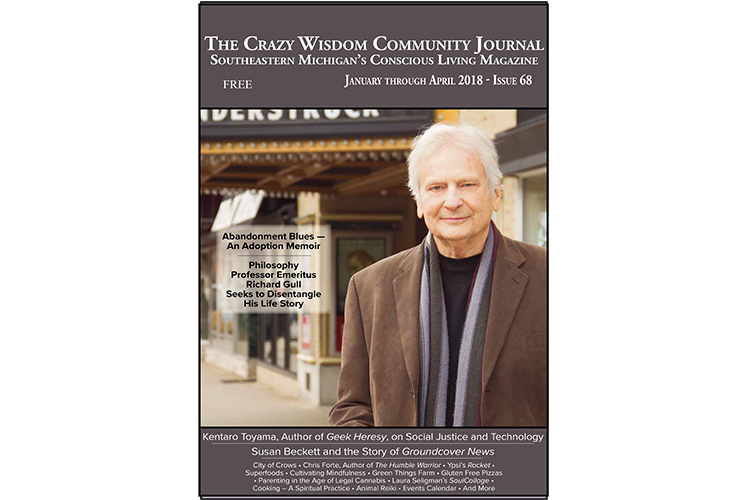
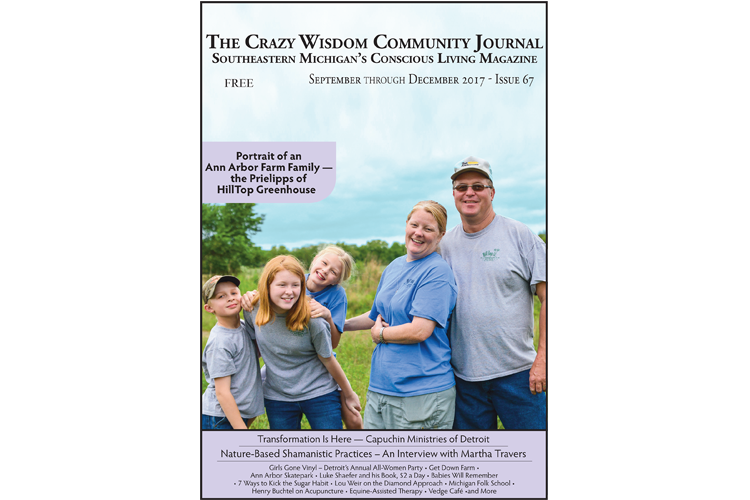
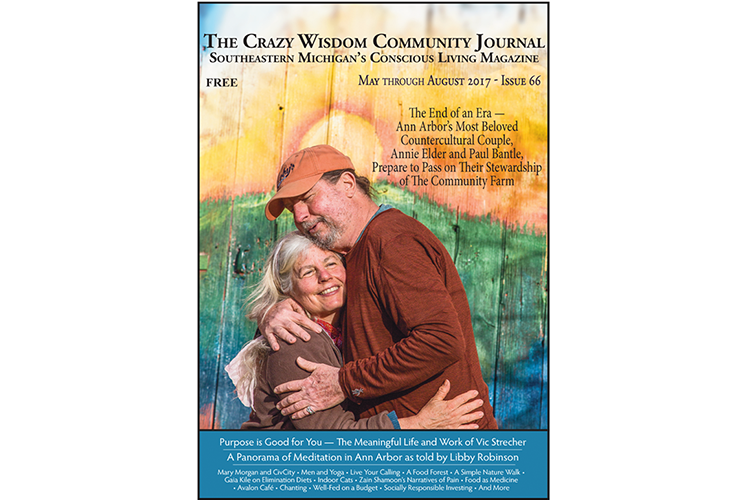
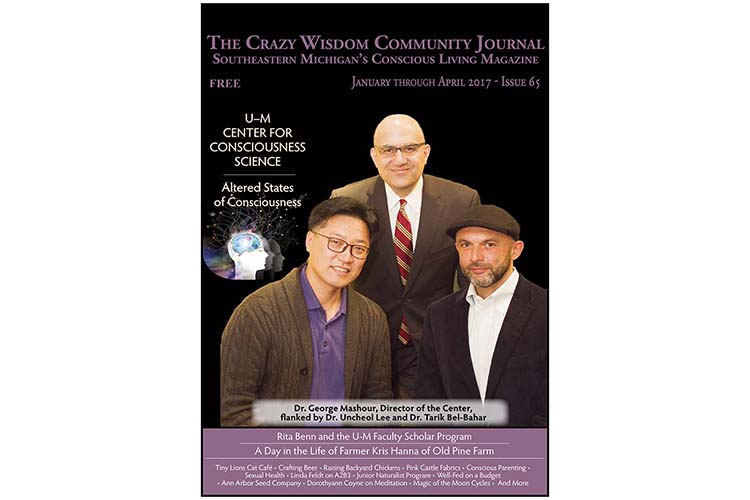
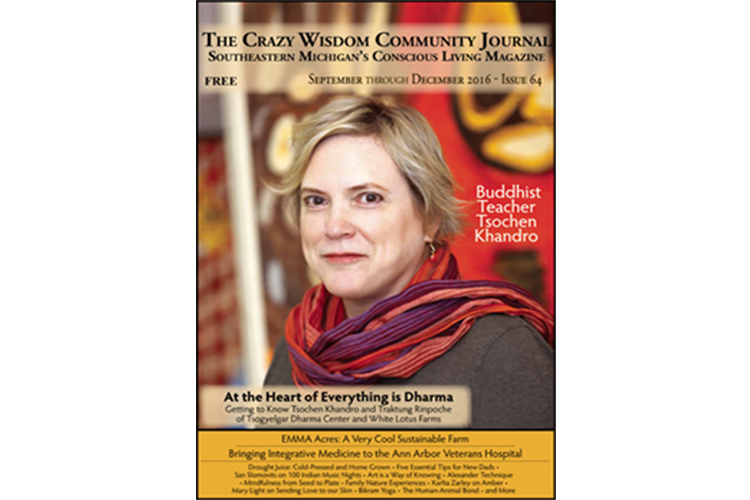
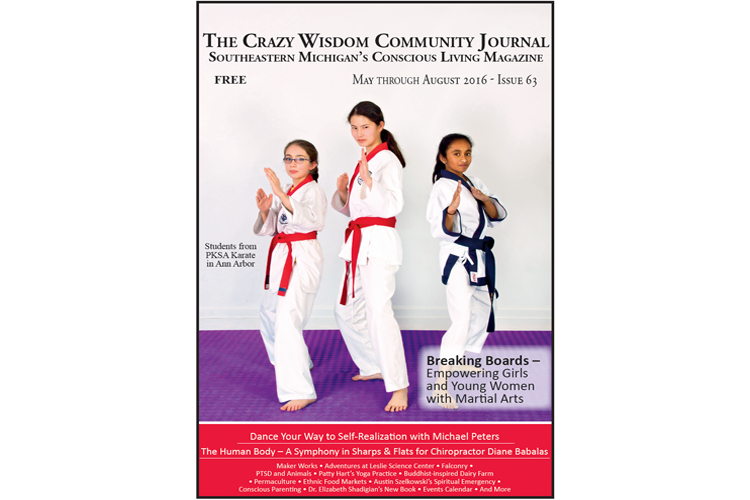
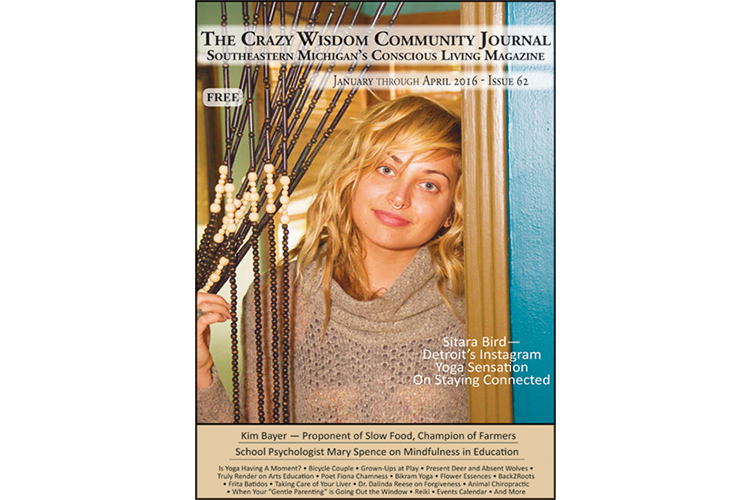





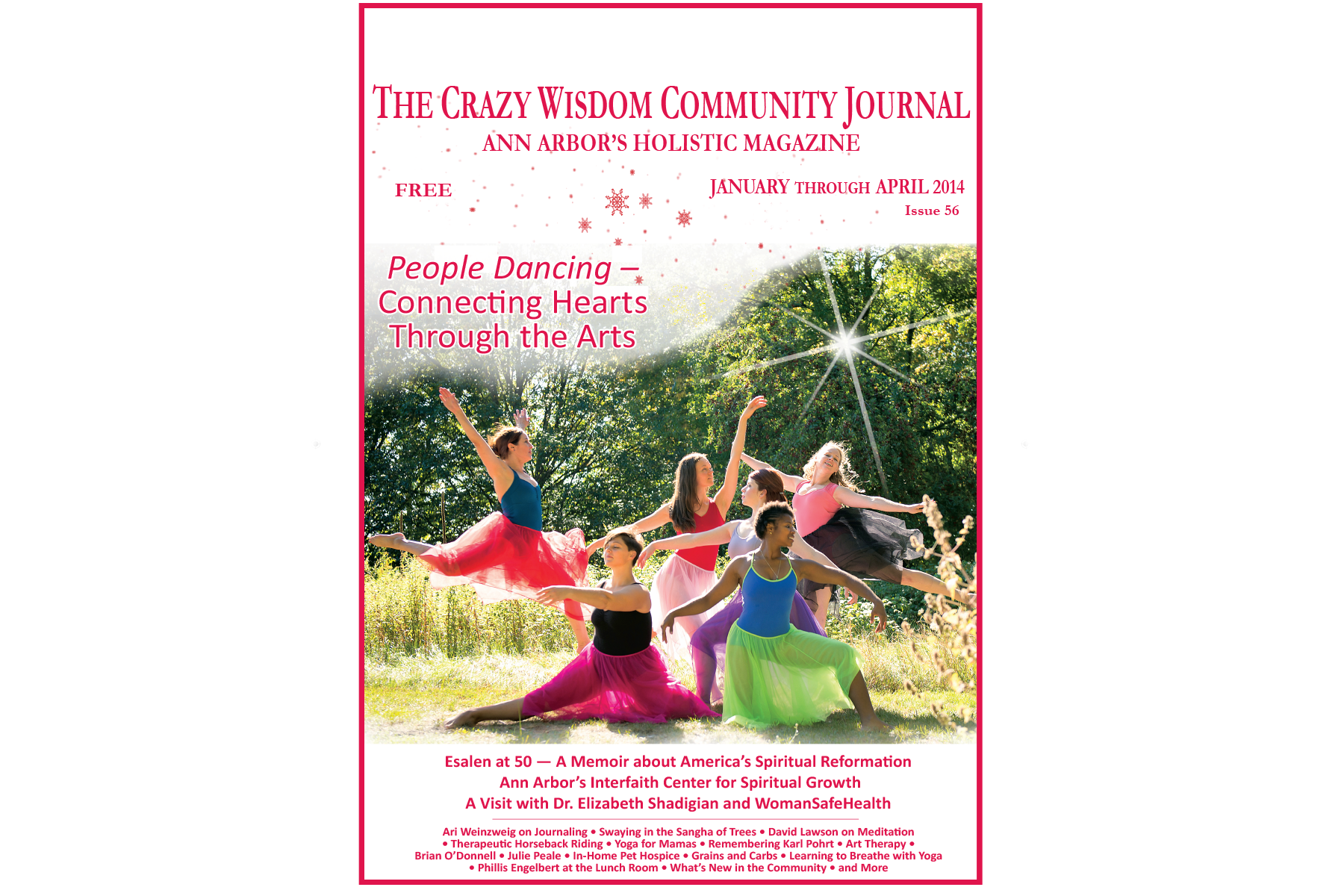

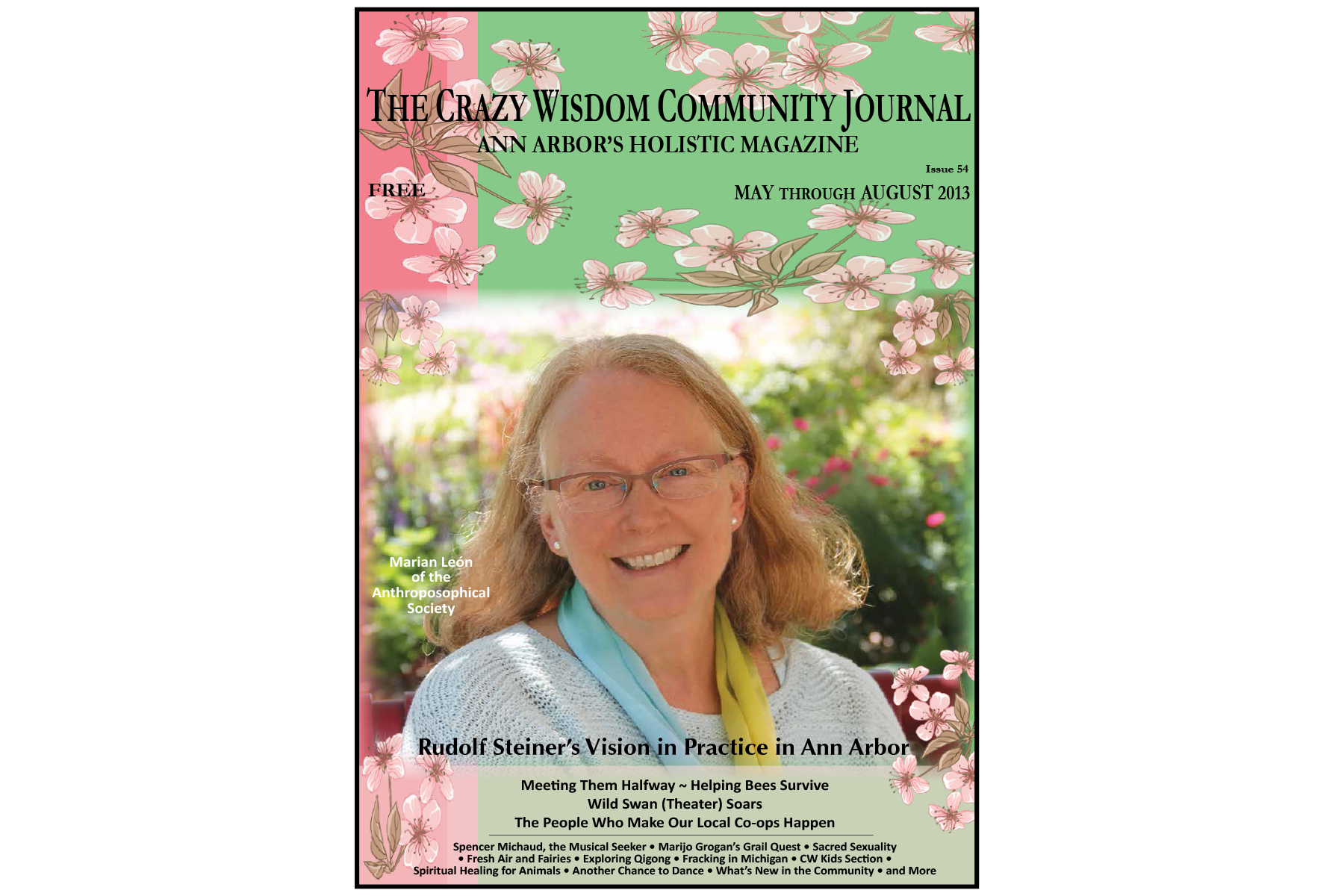
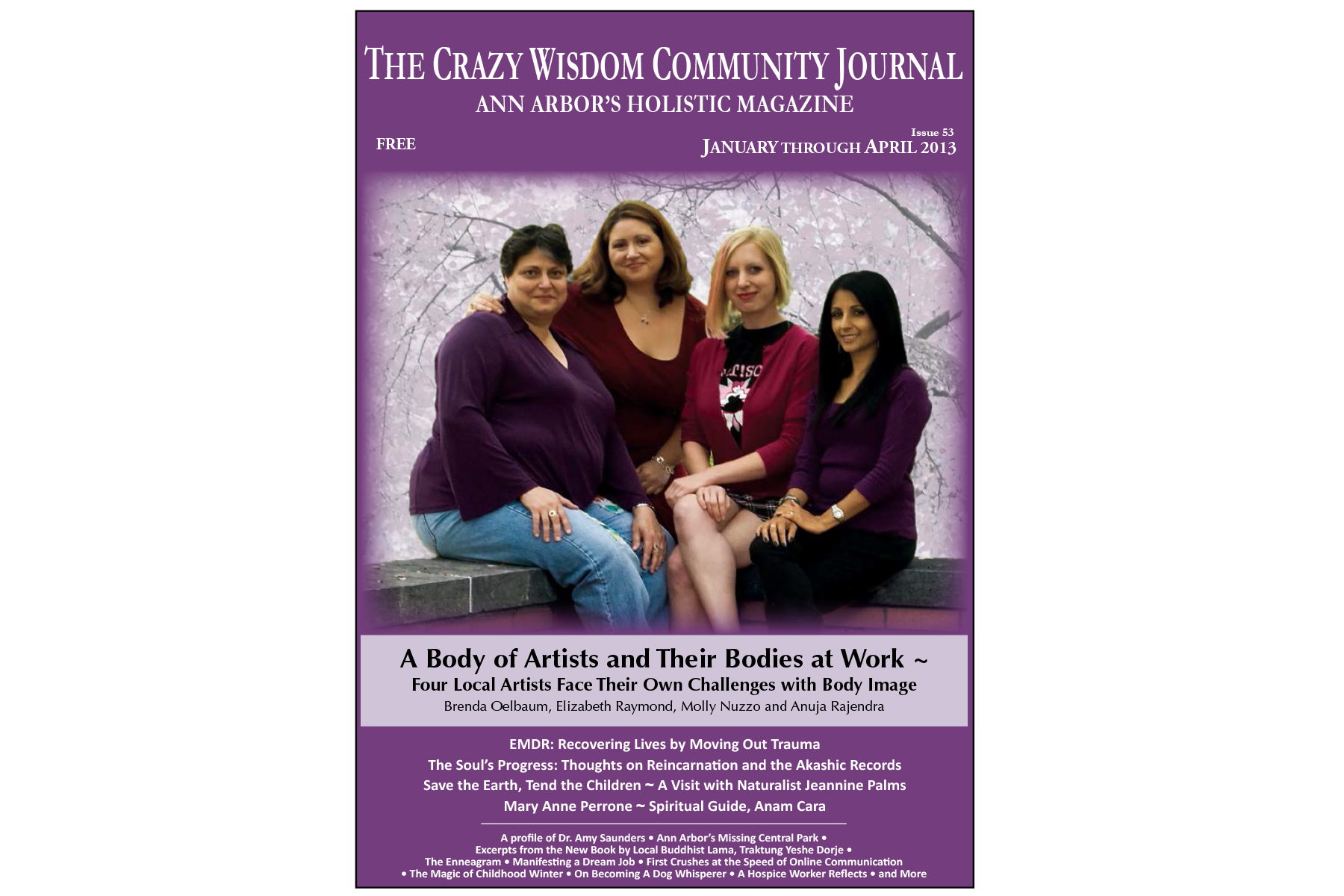
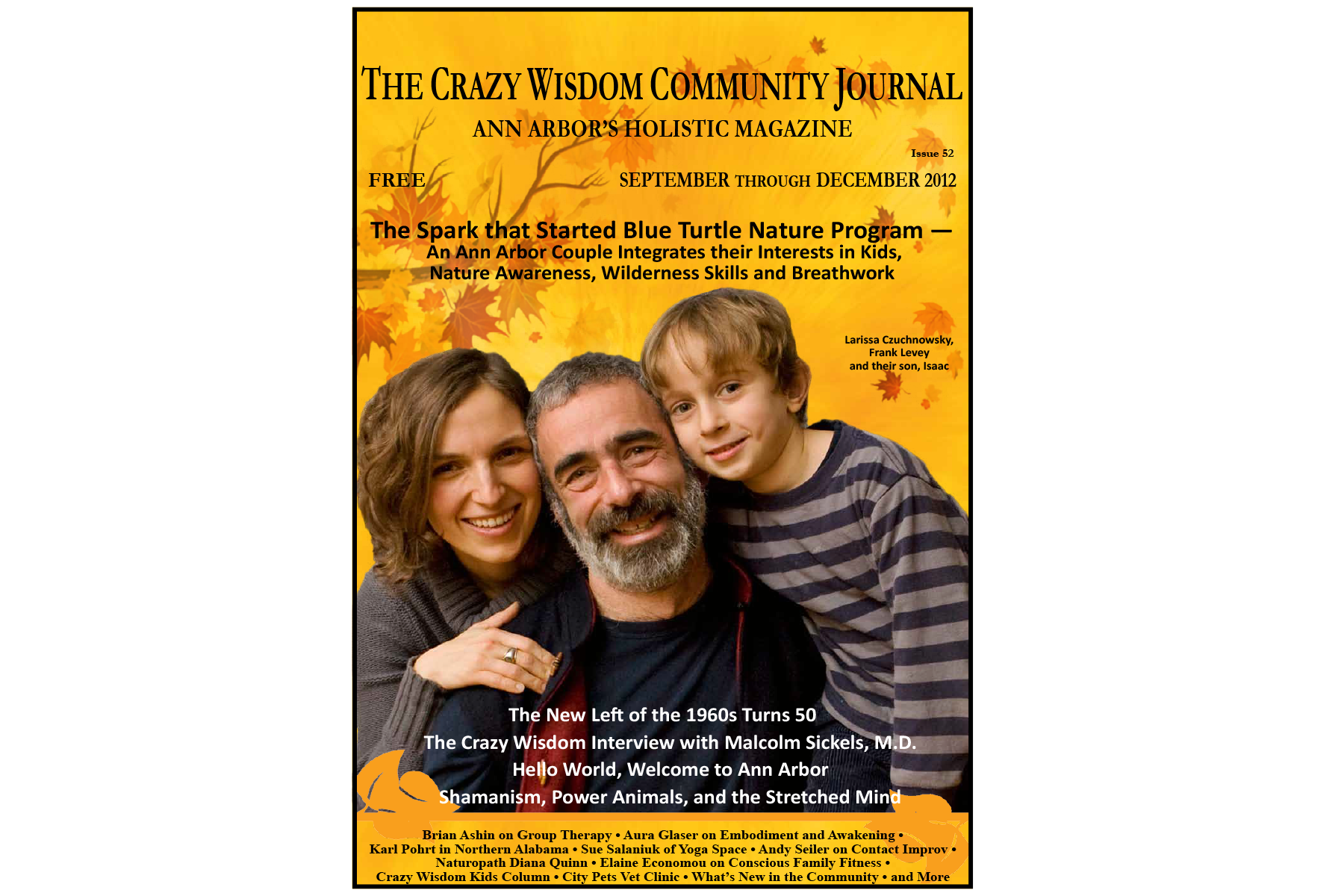
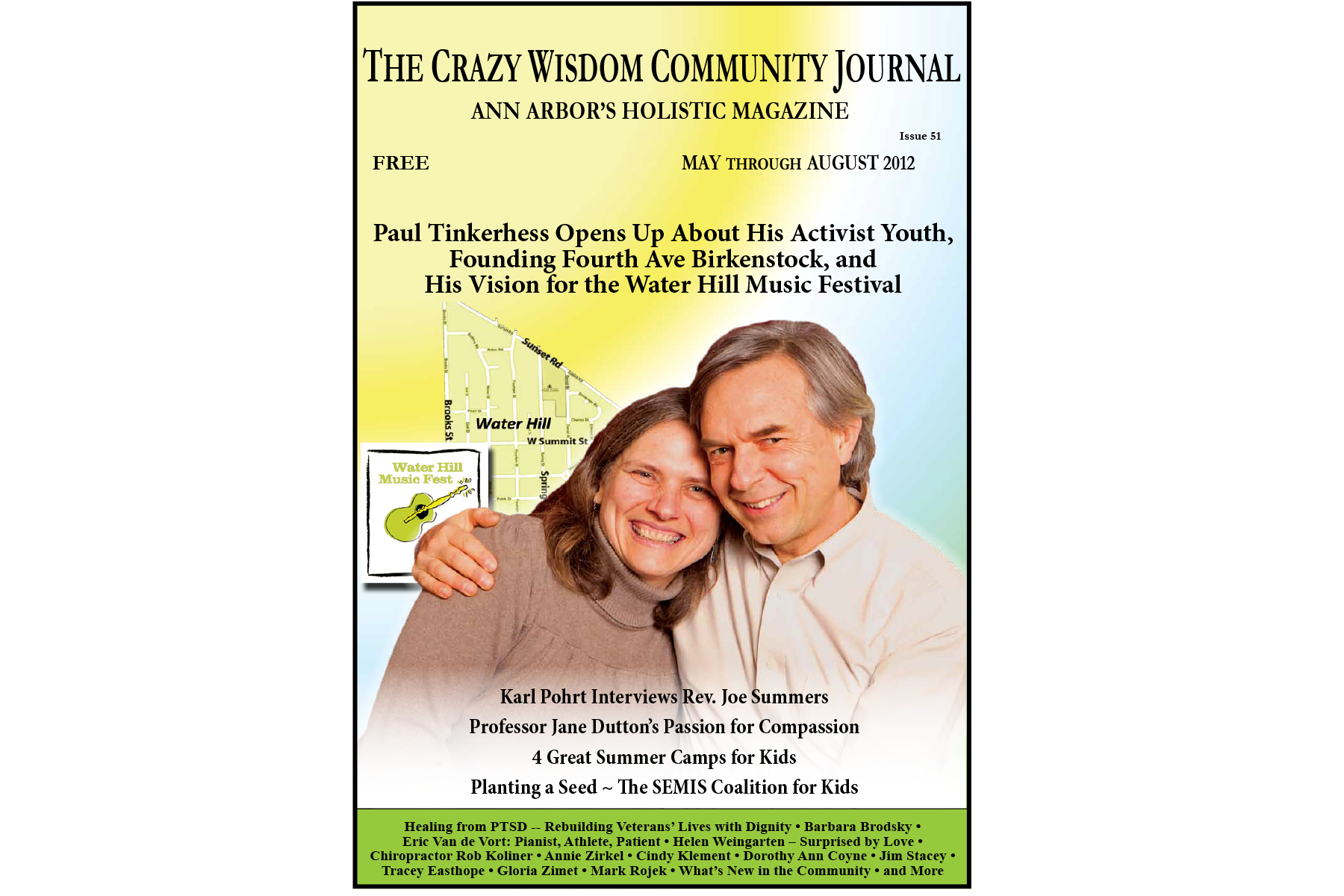
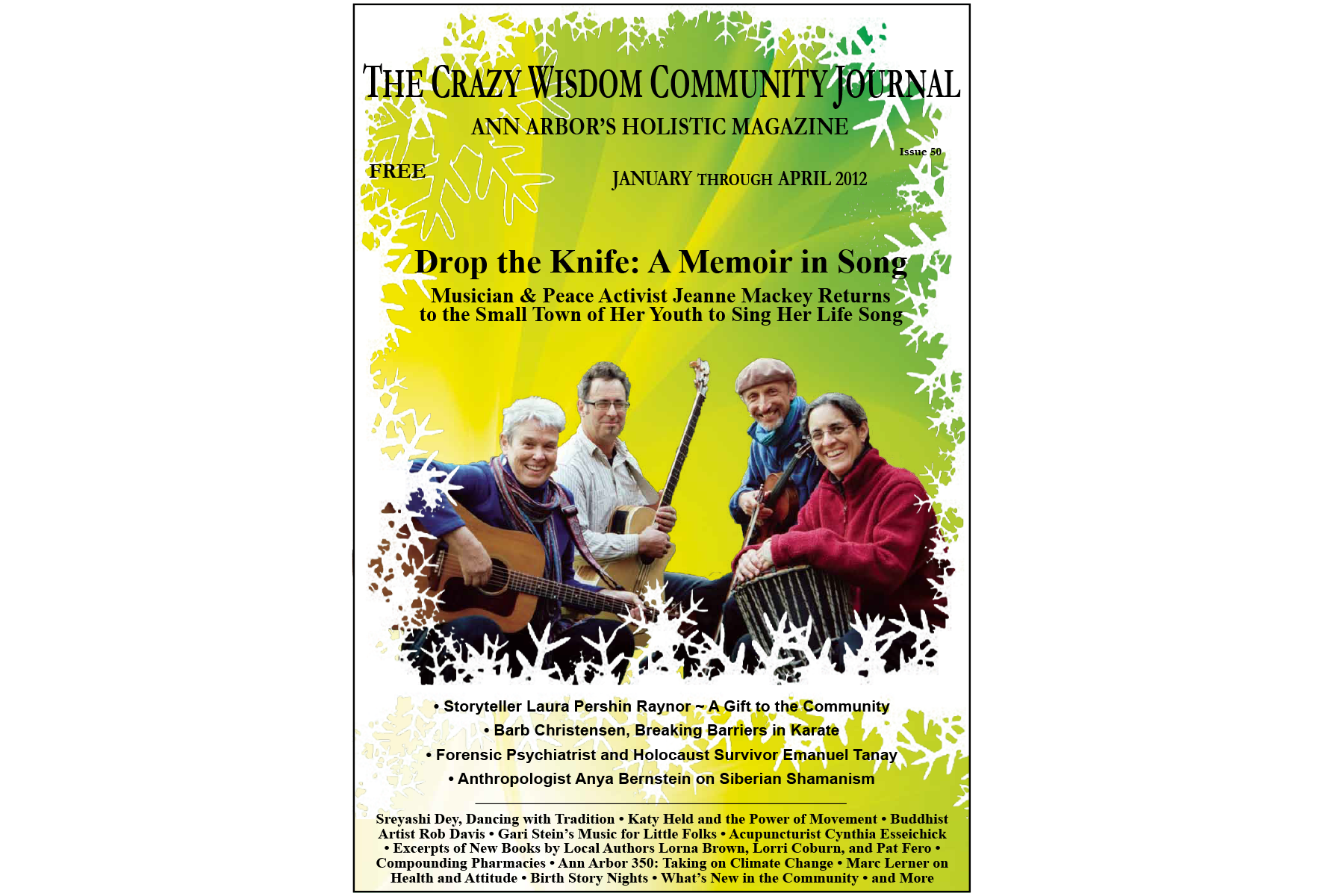
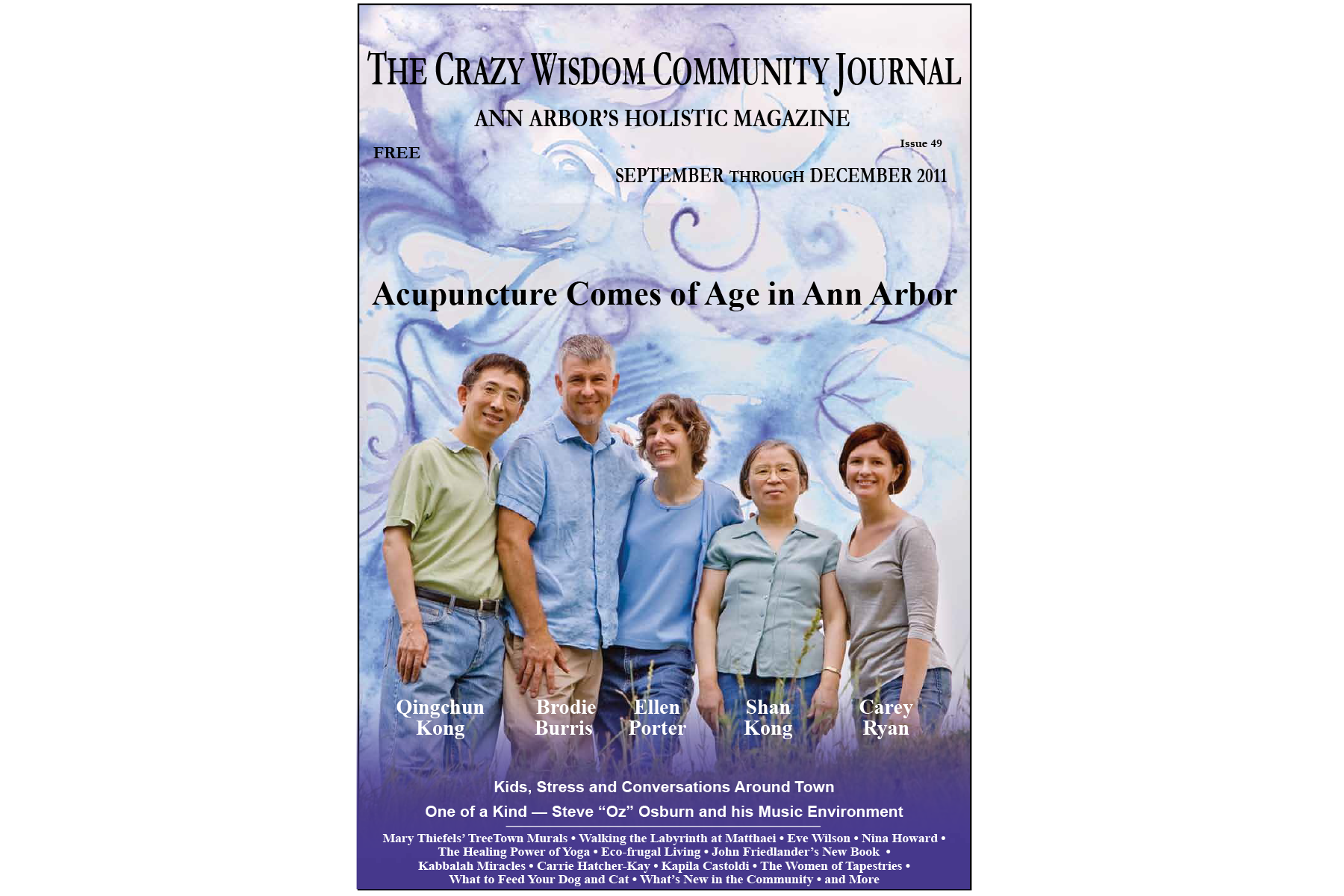
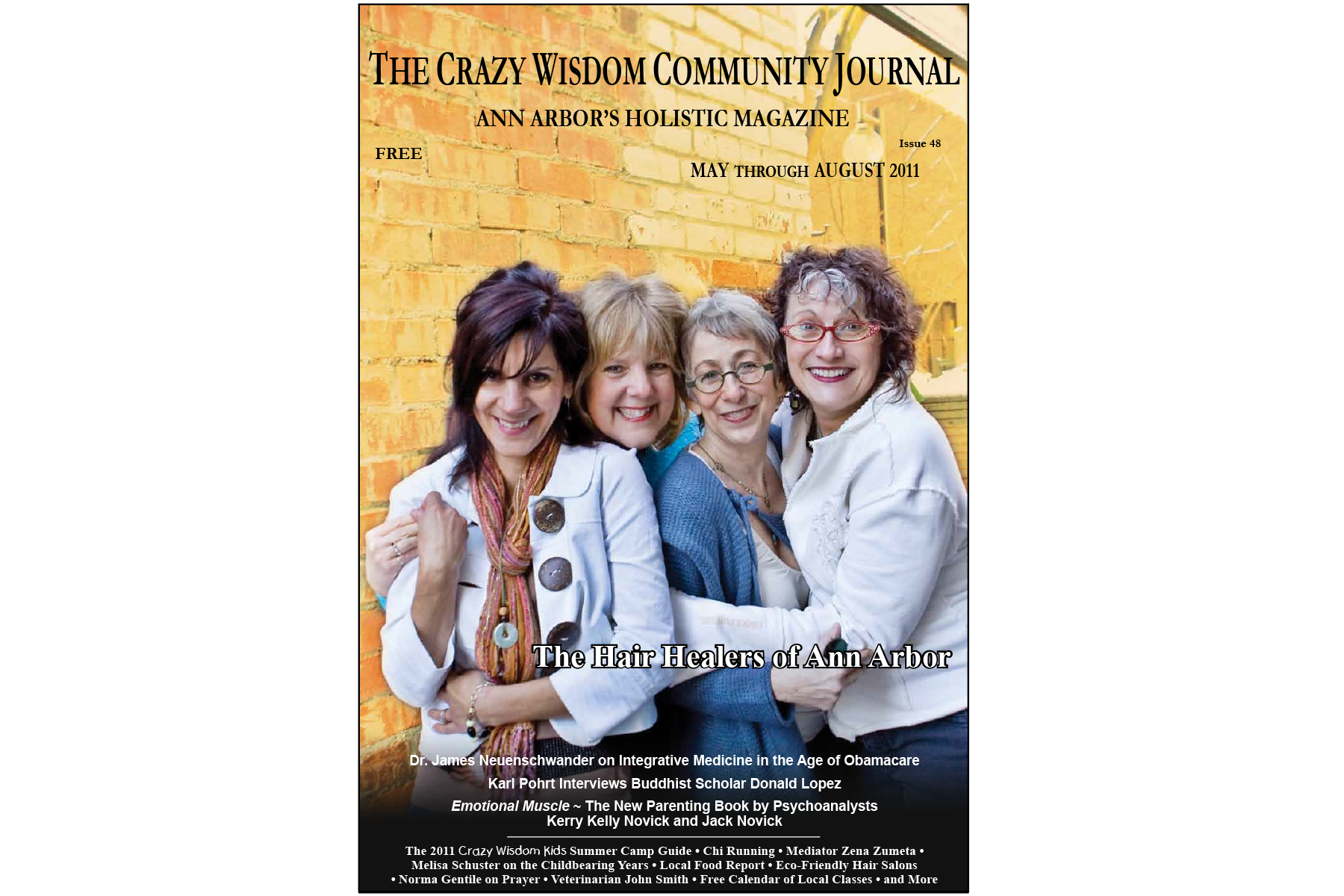

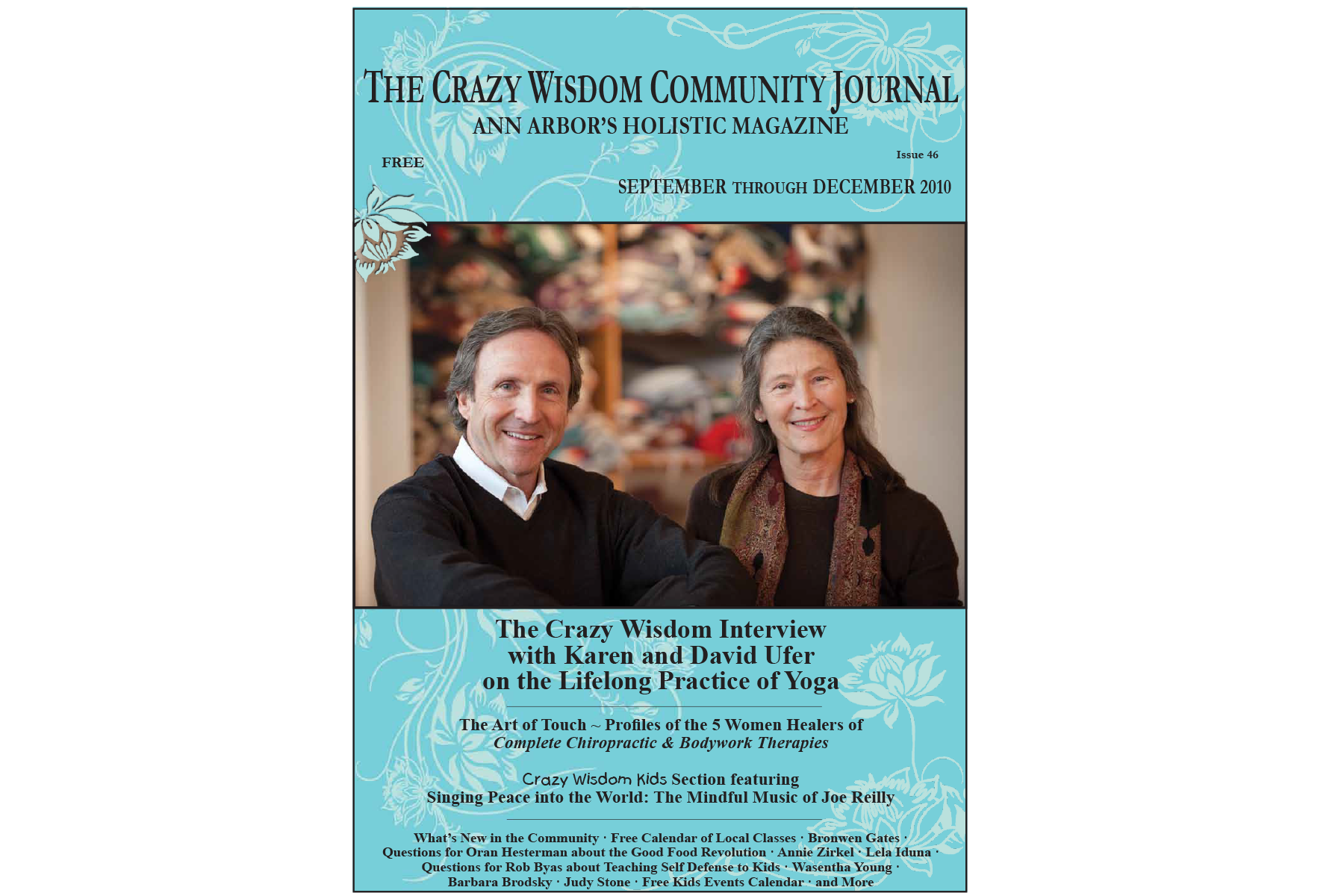
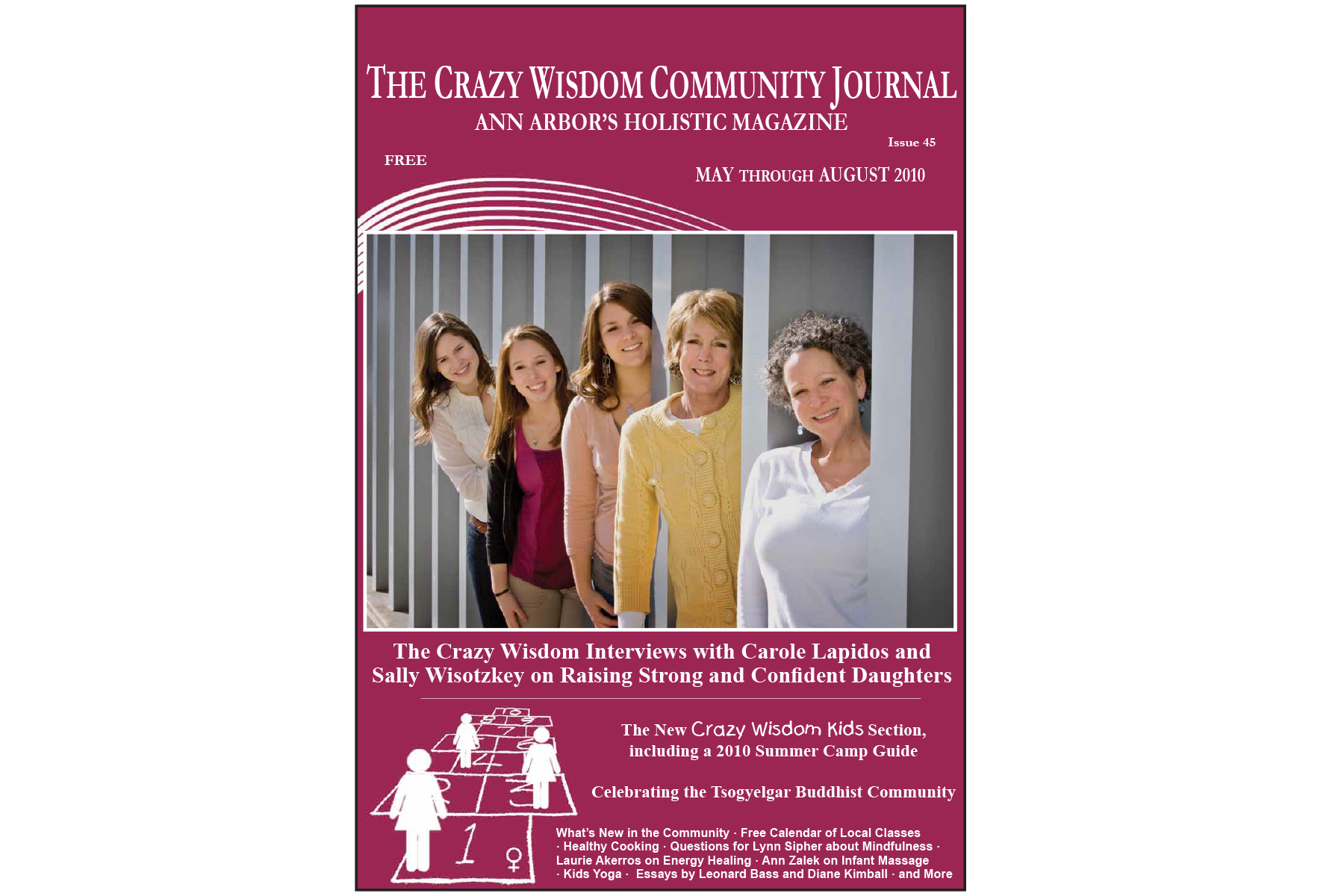
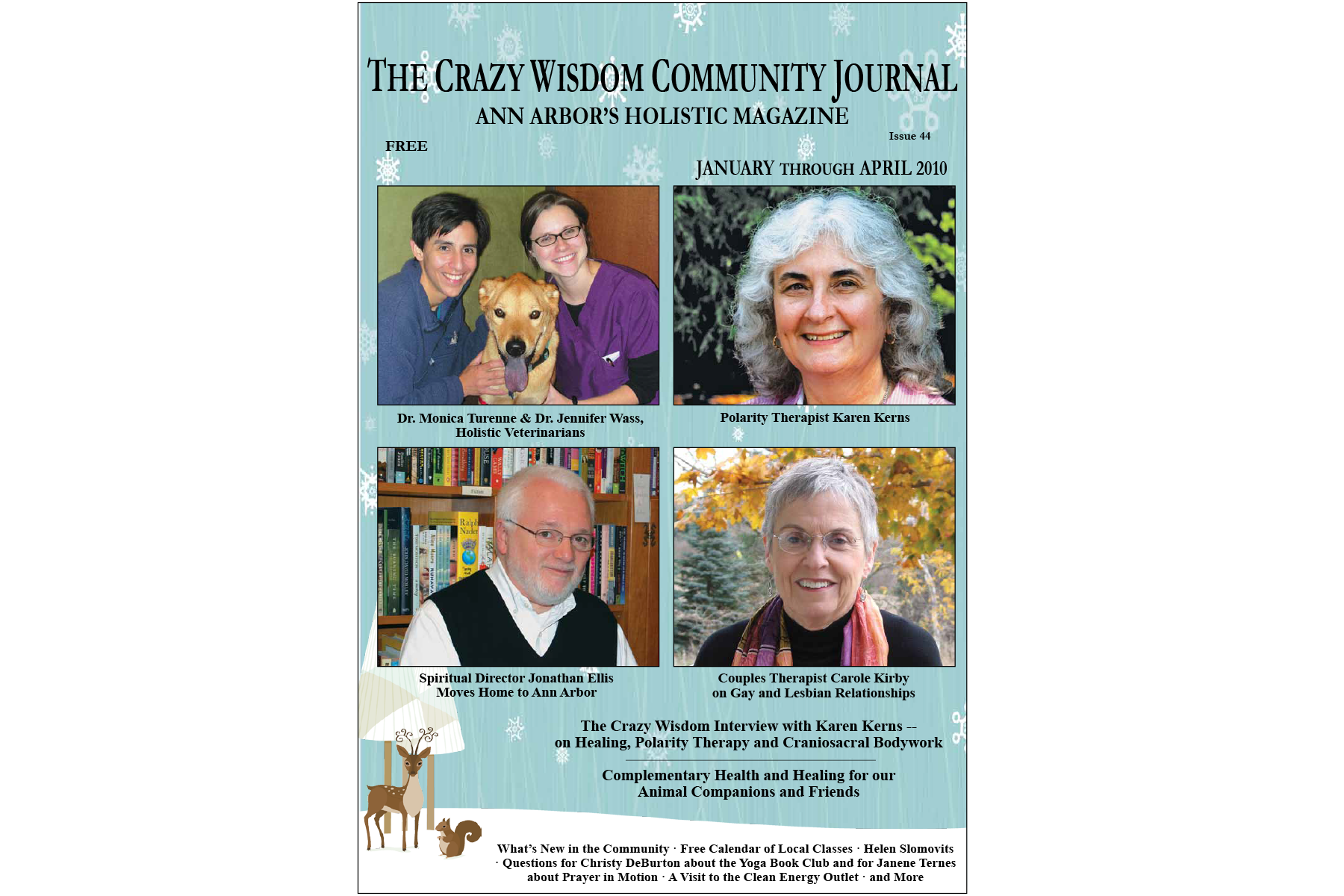



We have all experienced how the work environment has changed over the last fourteen plus months. Things that would have taken us 5 to 10 years to set in motion have accelerated, virtually overnight. Our ability to connect with others all over the globe has been transformed with the click of a single button. The ability to make a living through technology has made more progress in these last few years than the last 100. Our world has changed in the blink of an eye.